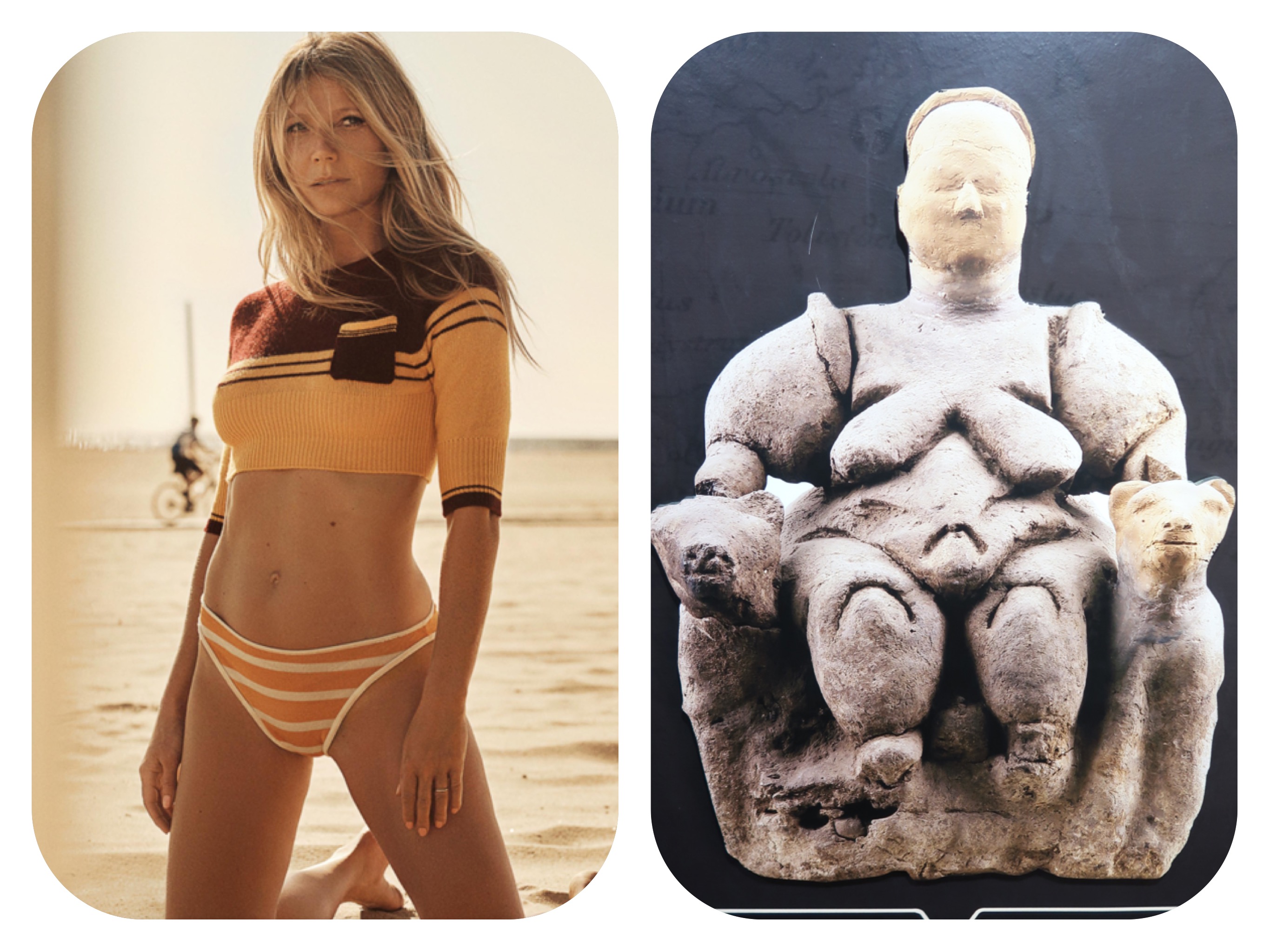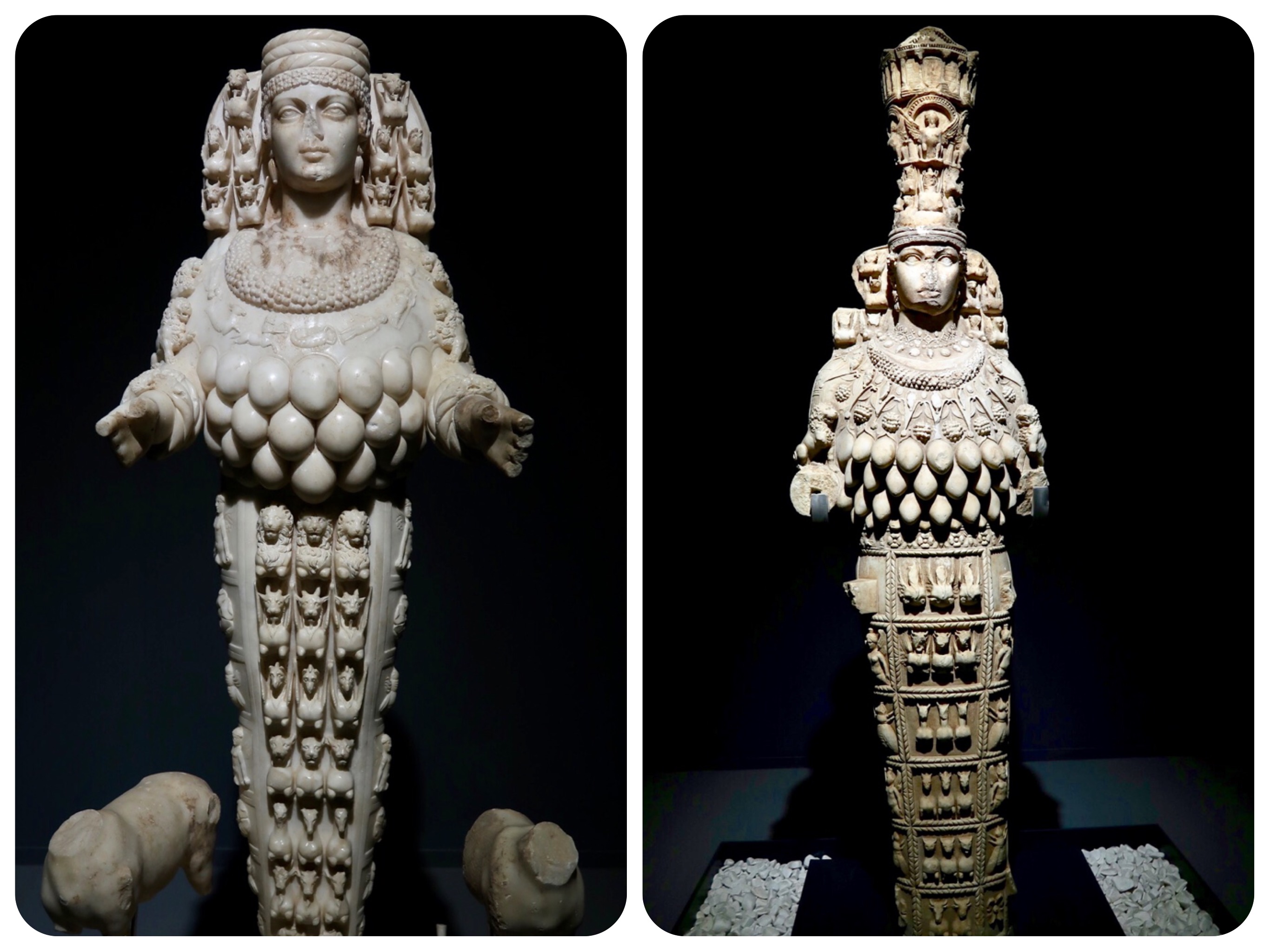Ephesus, the home of the Mother Goddess, and a Story of Glory and Decay in Ancient Turkey
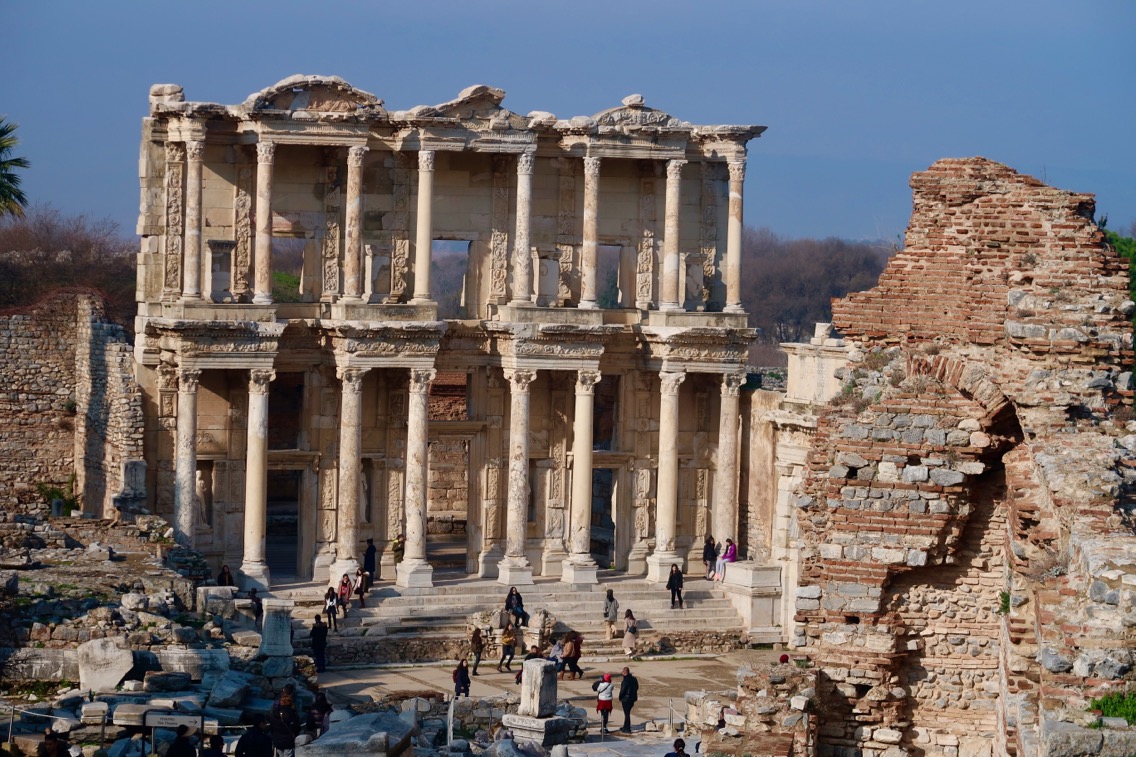
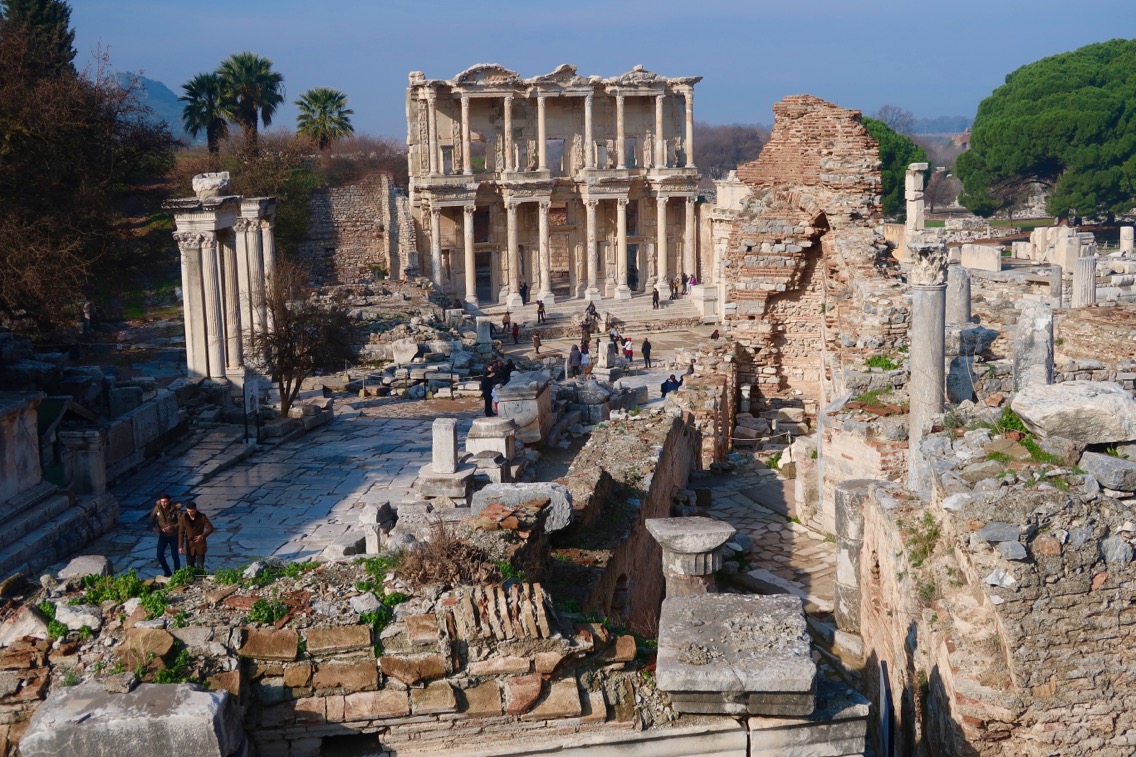
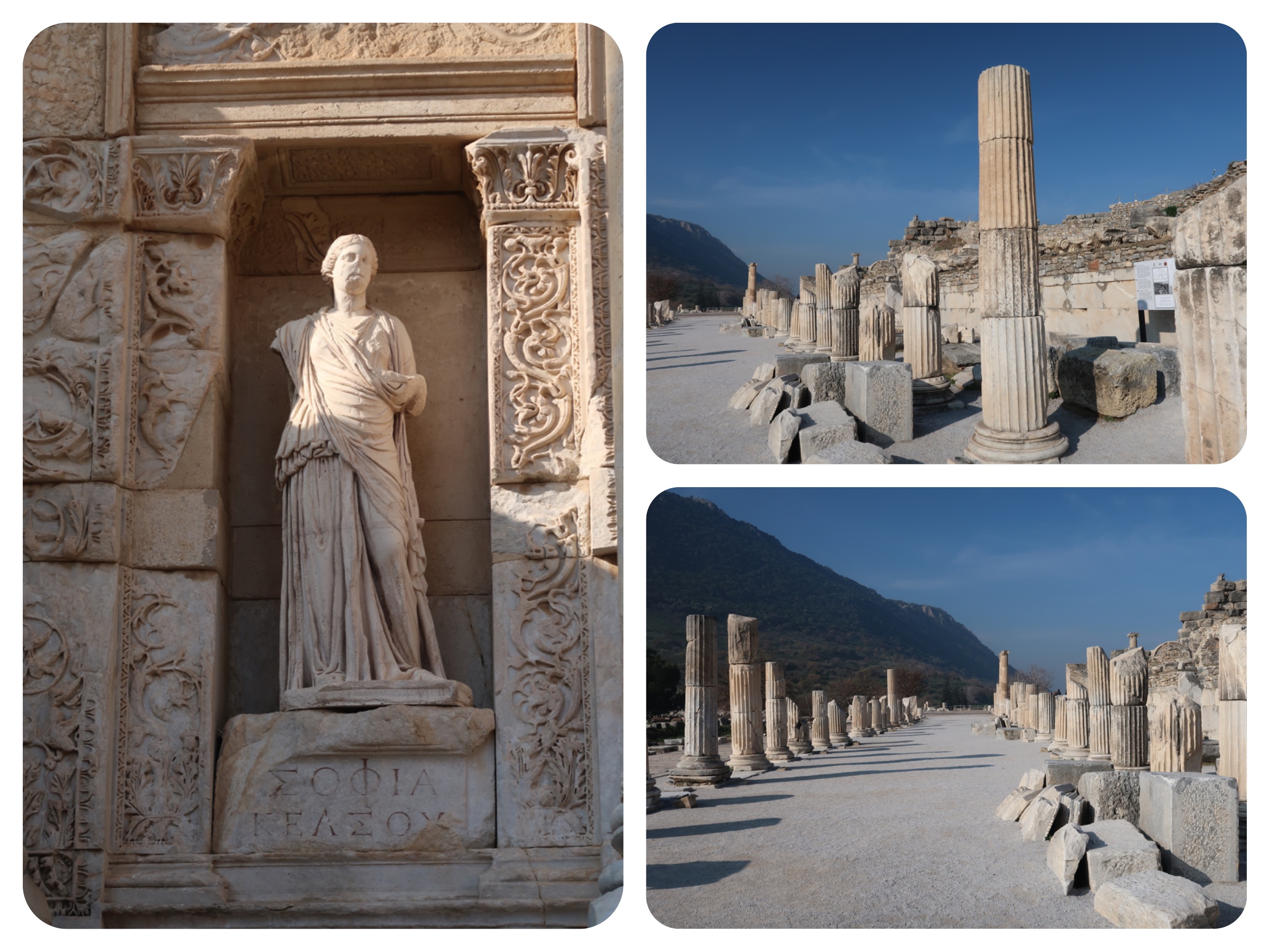
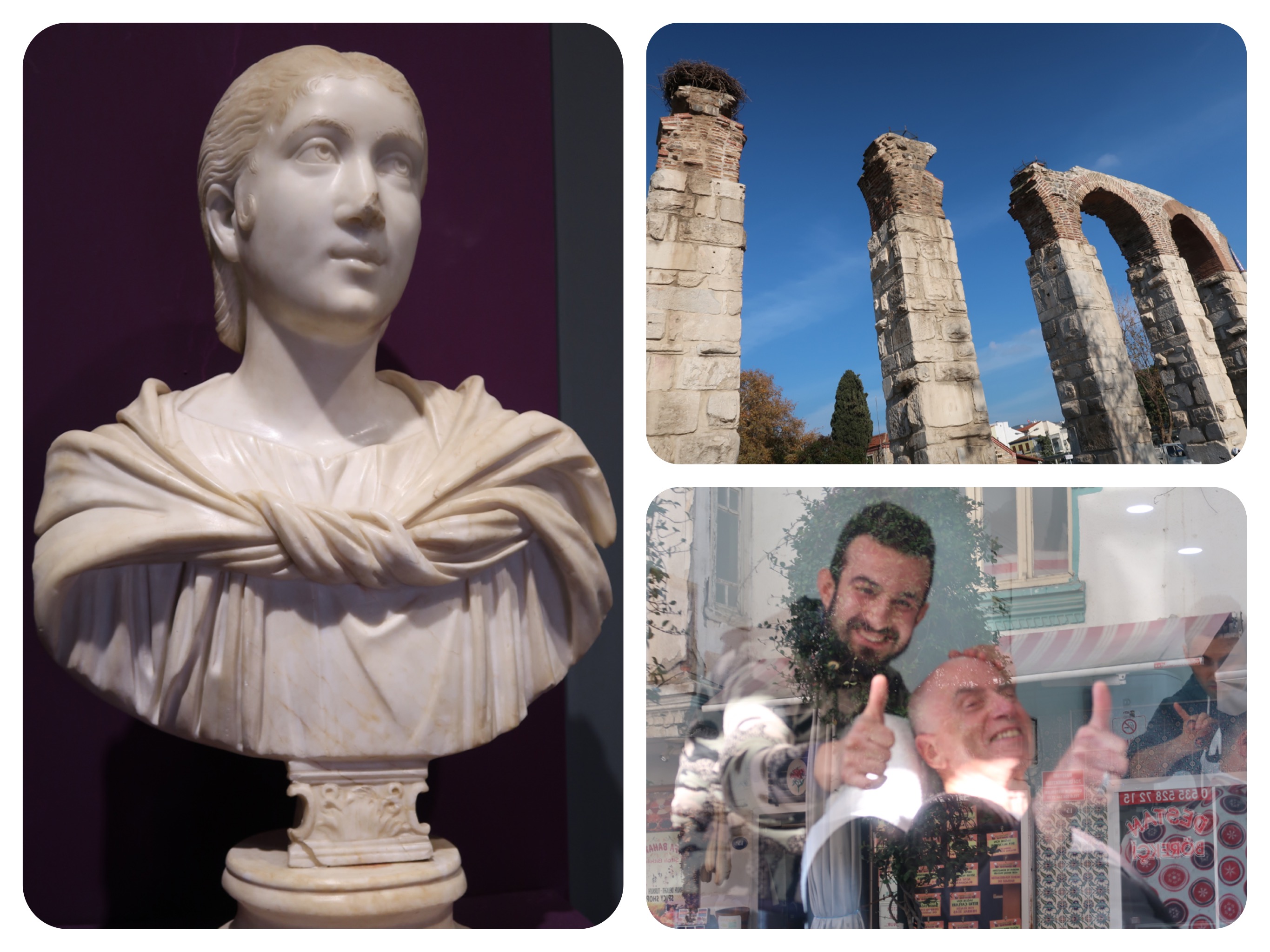
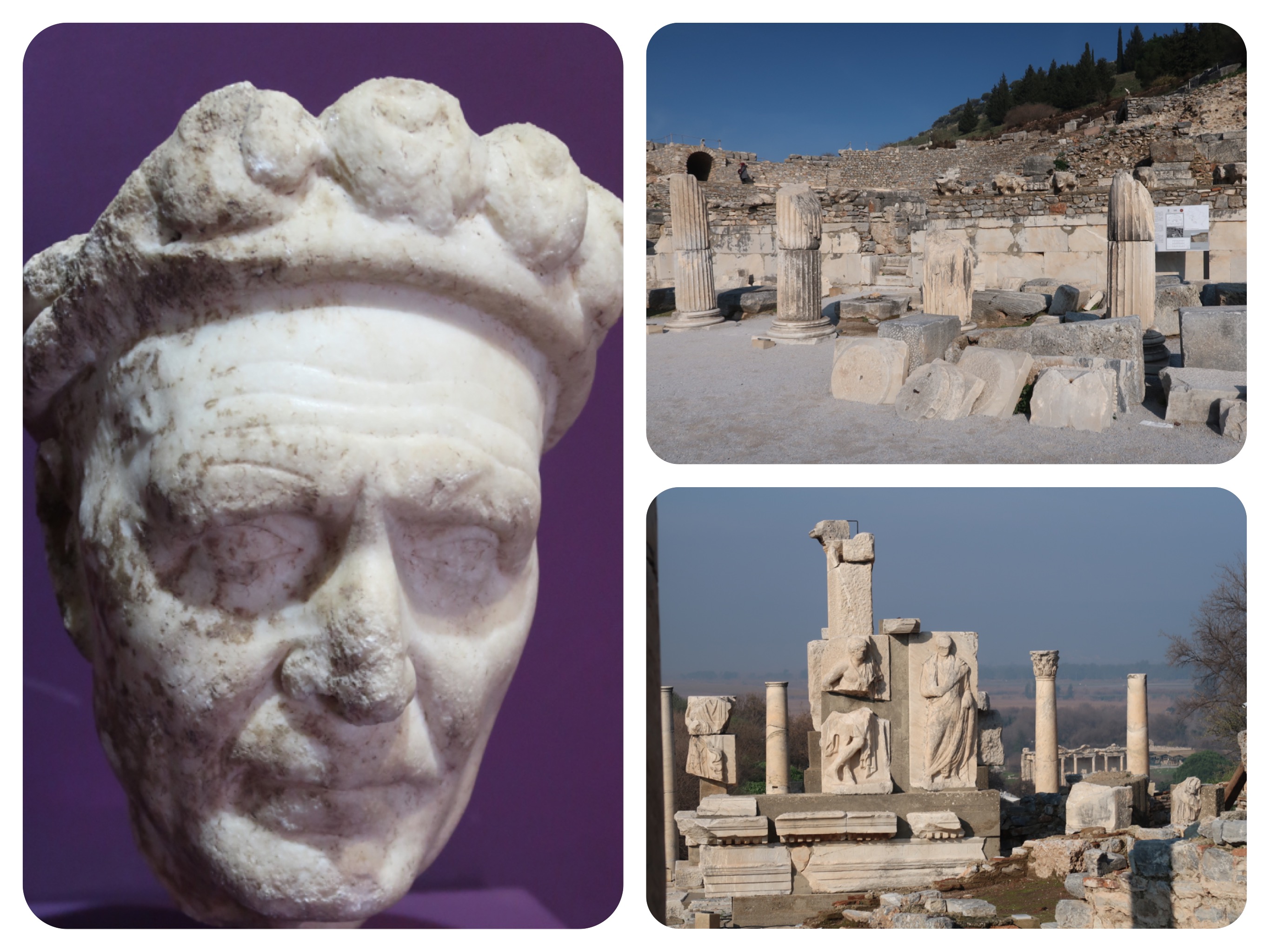
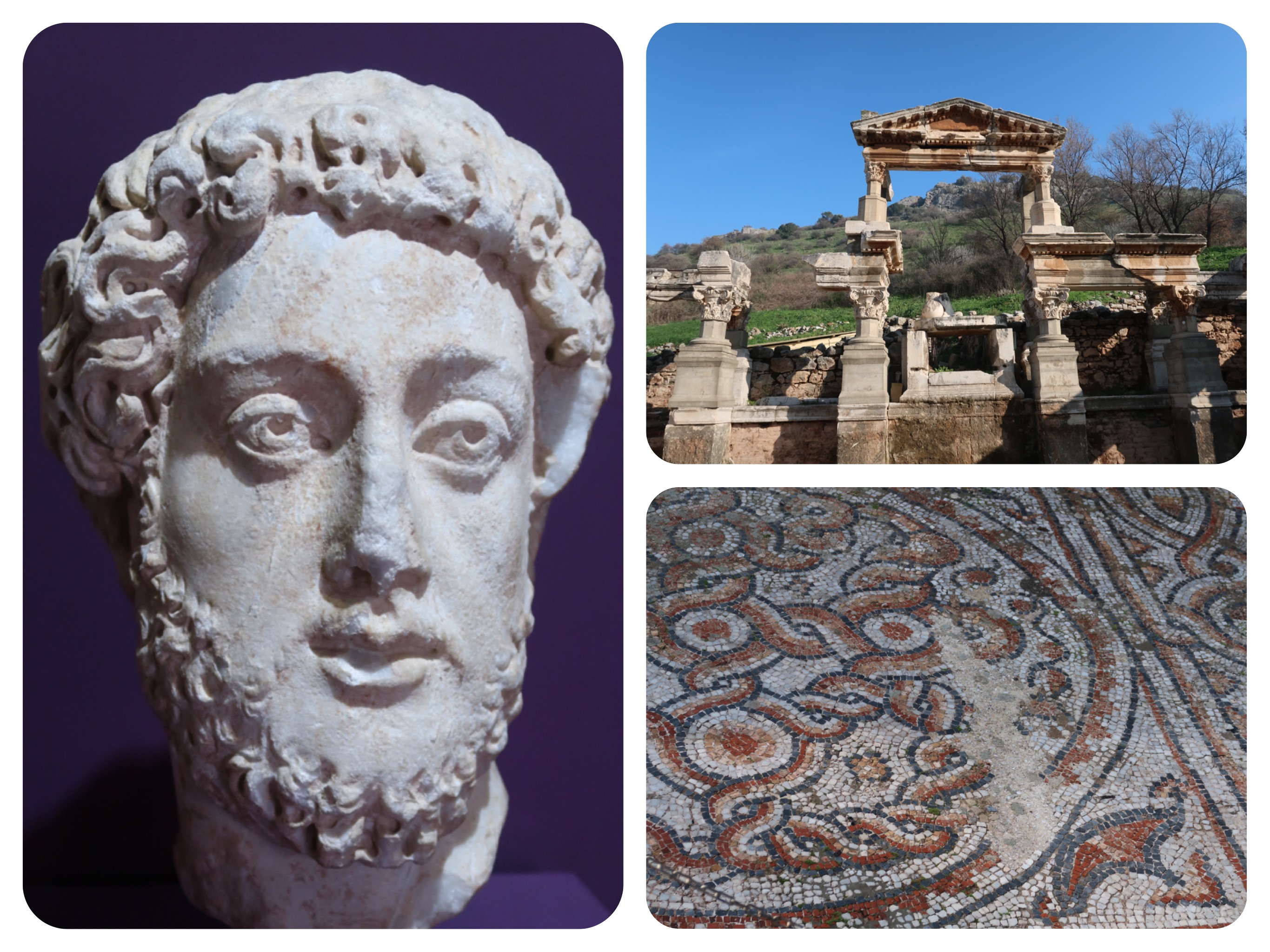
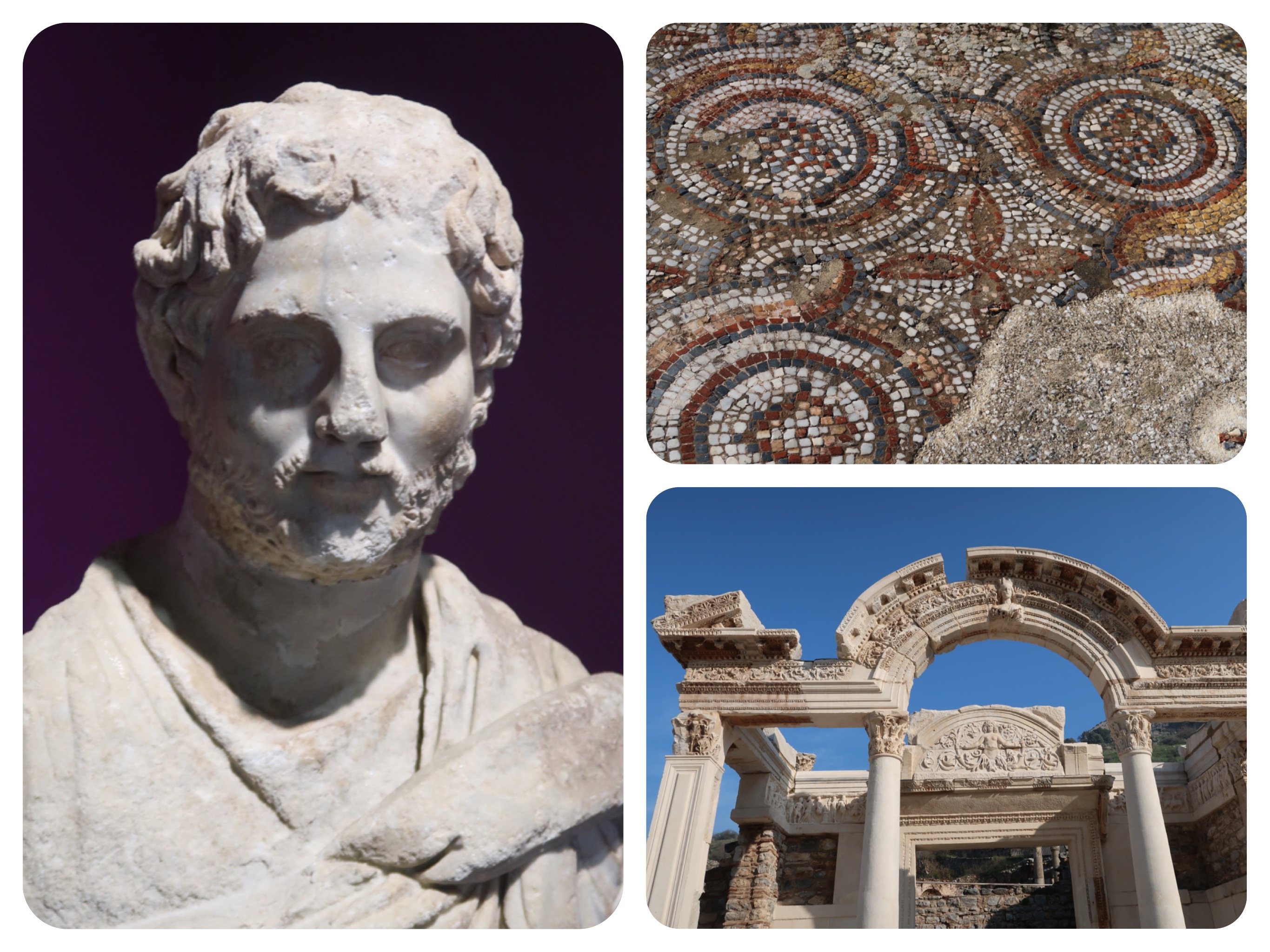
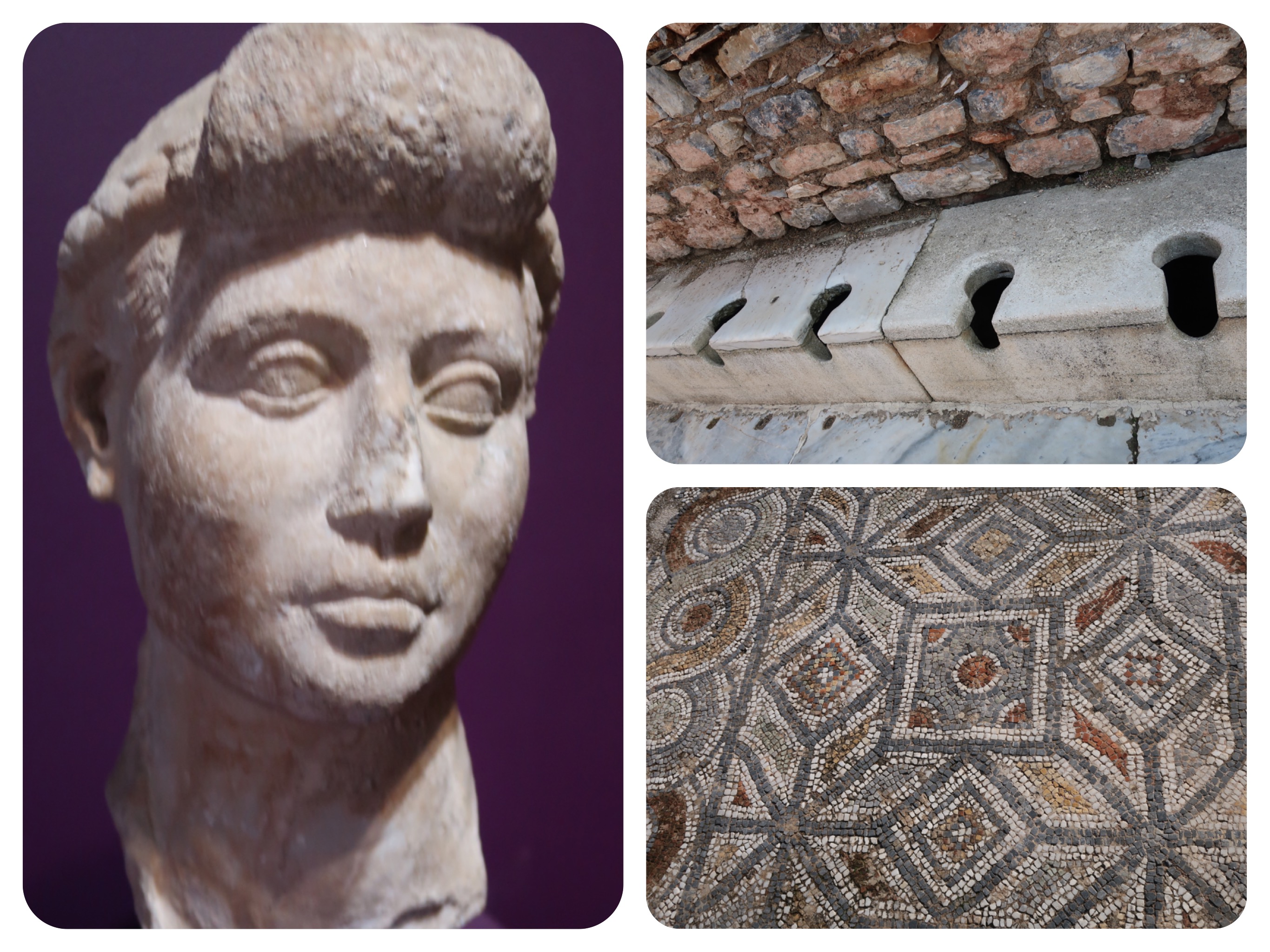
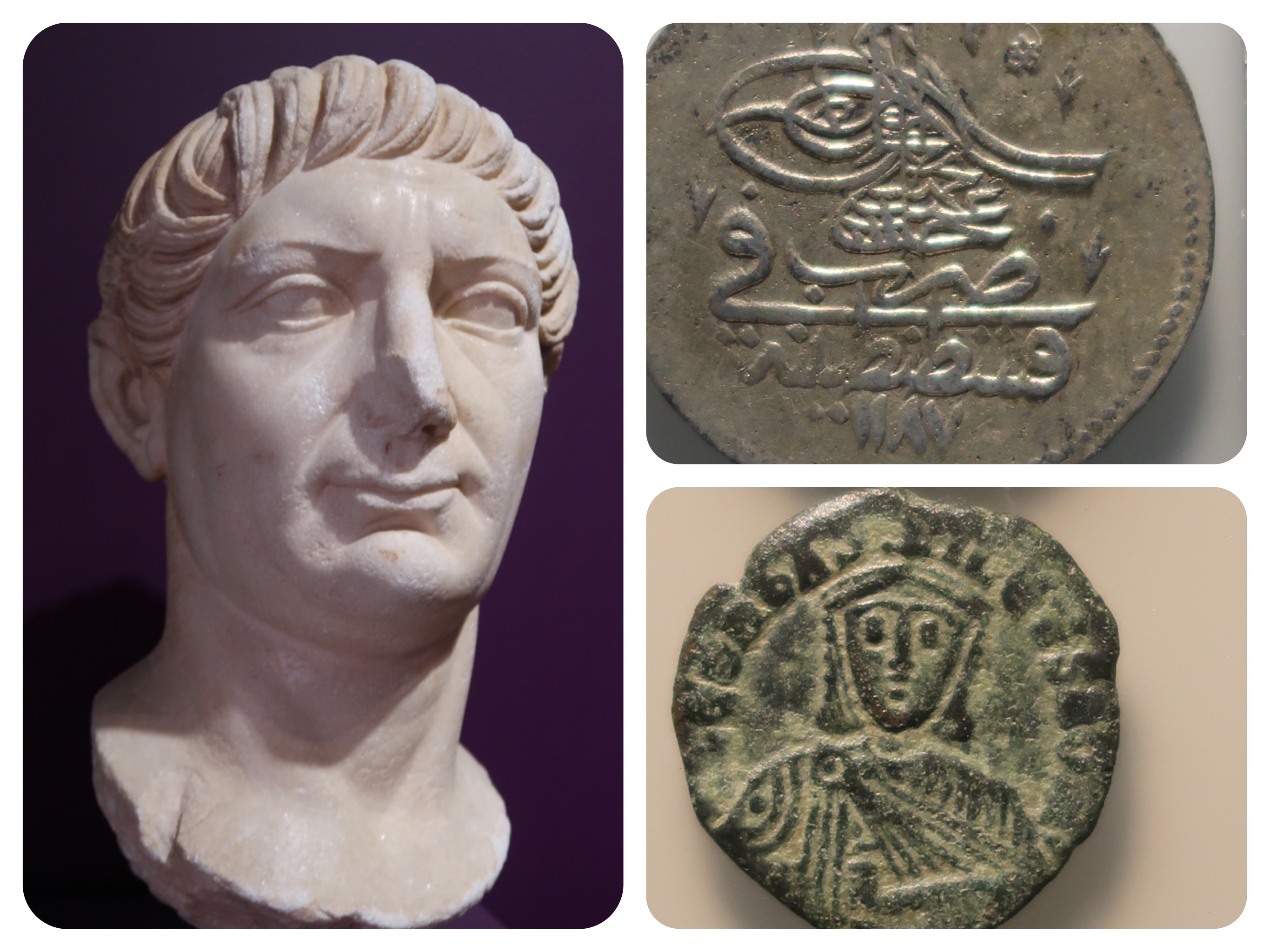
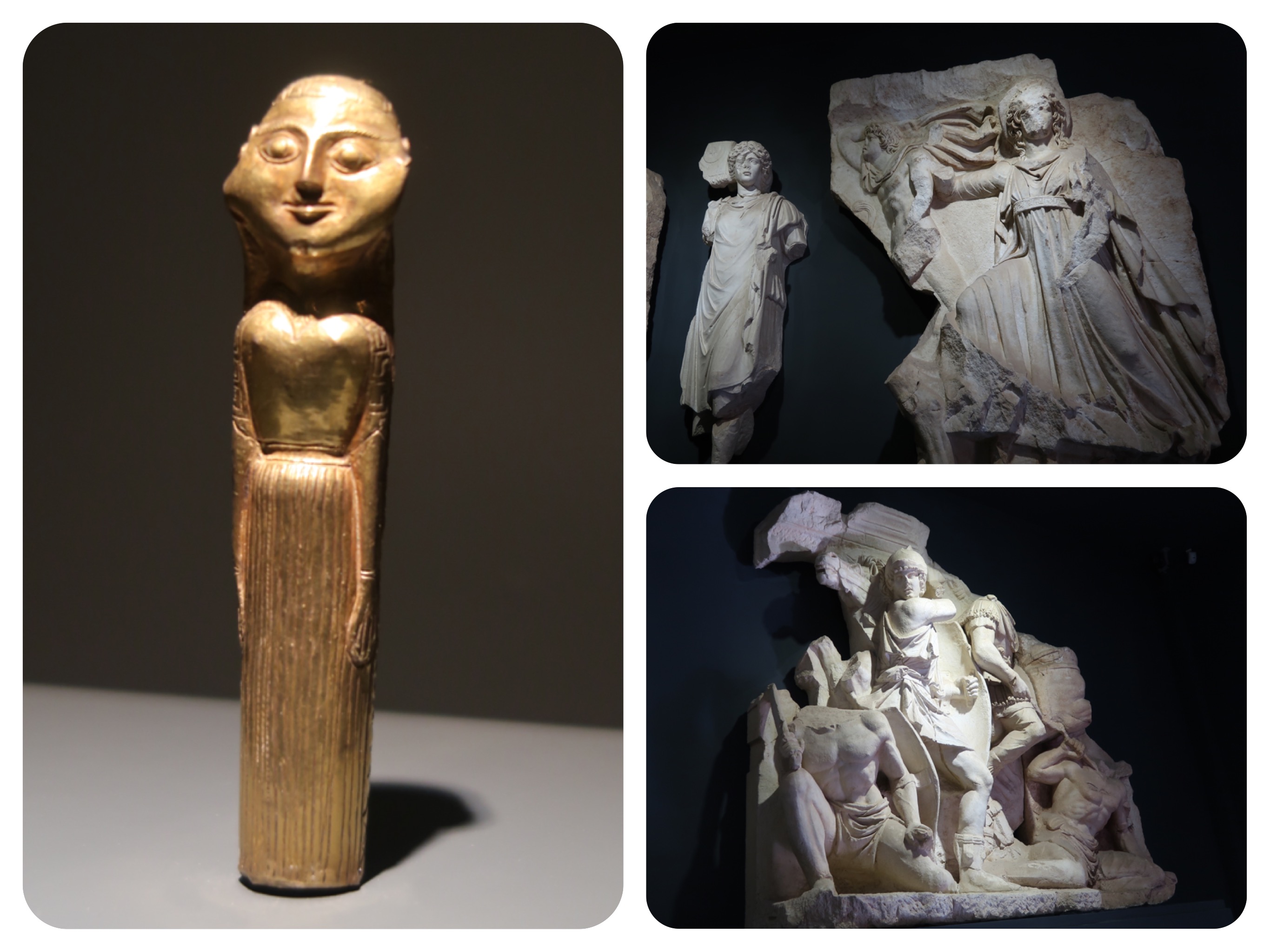
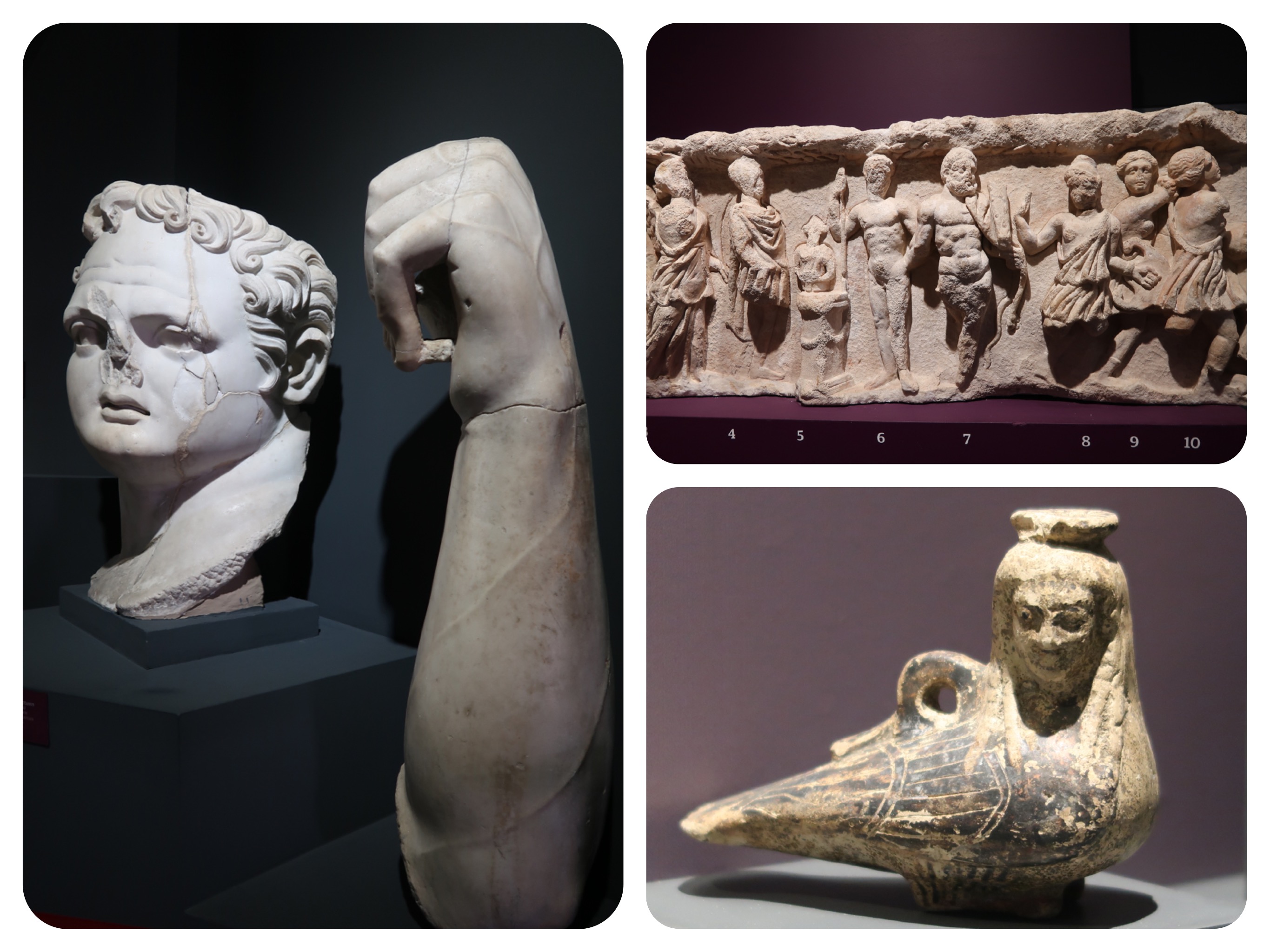
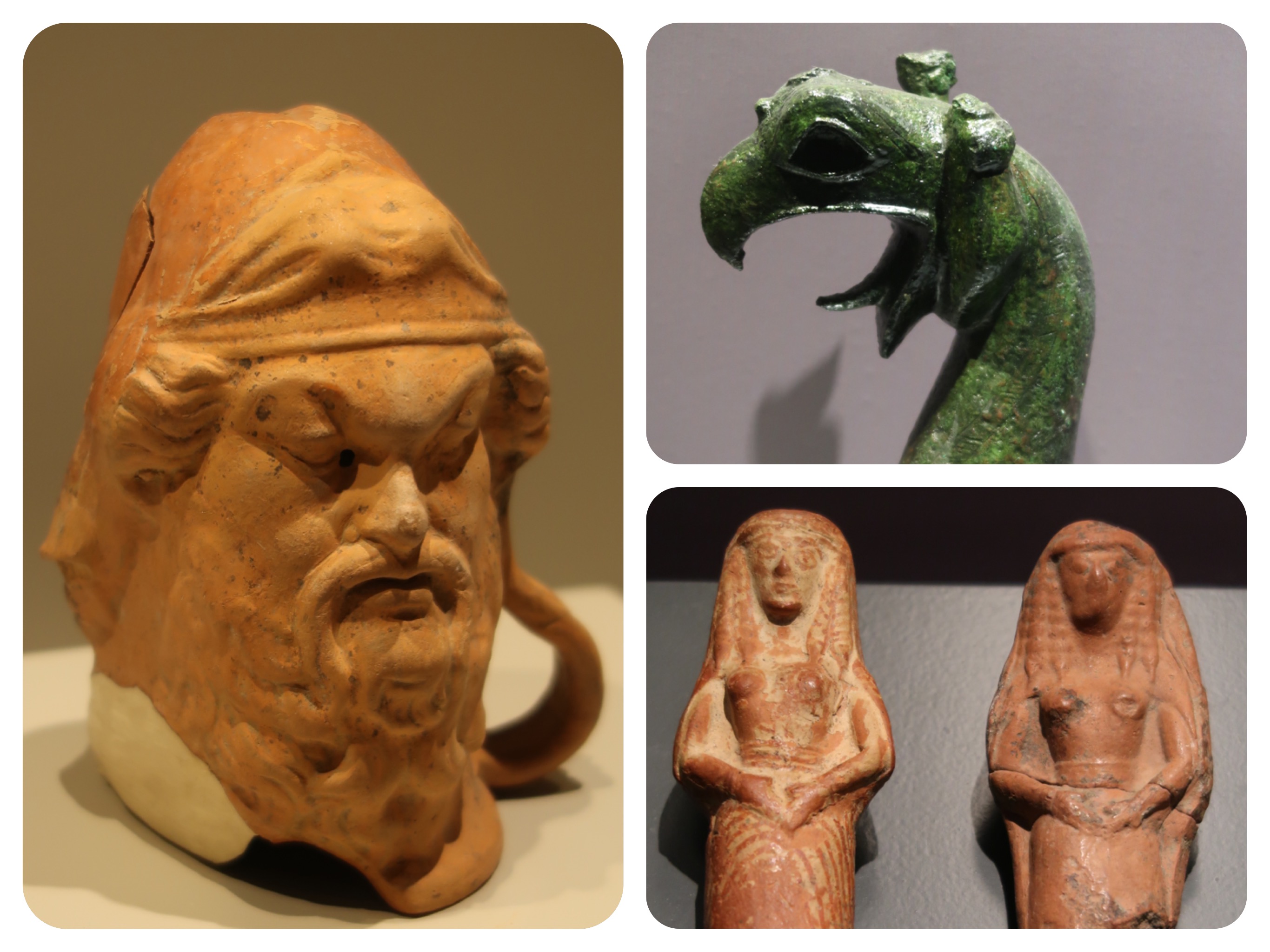
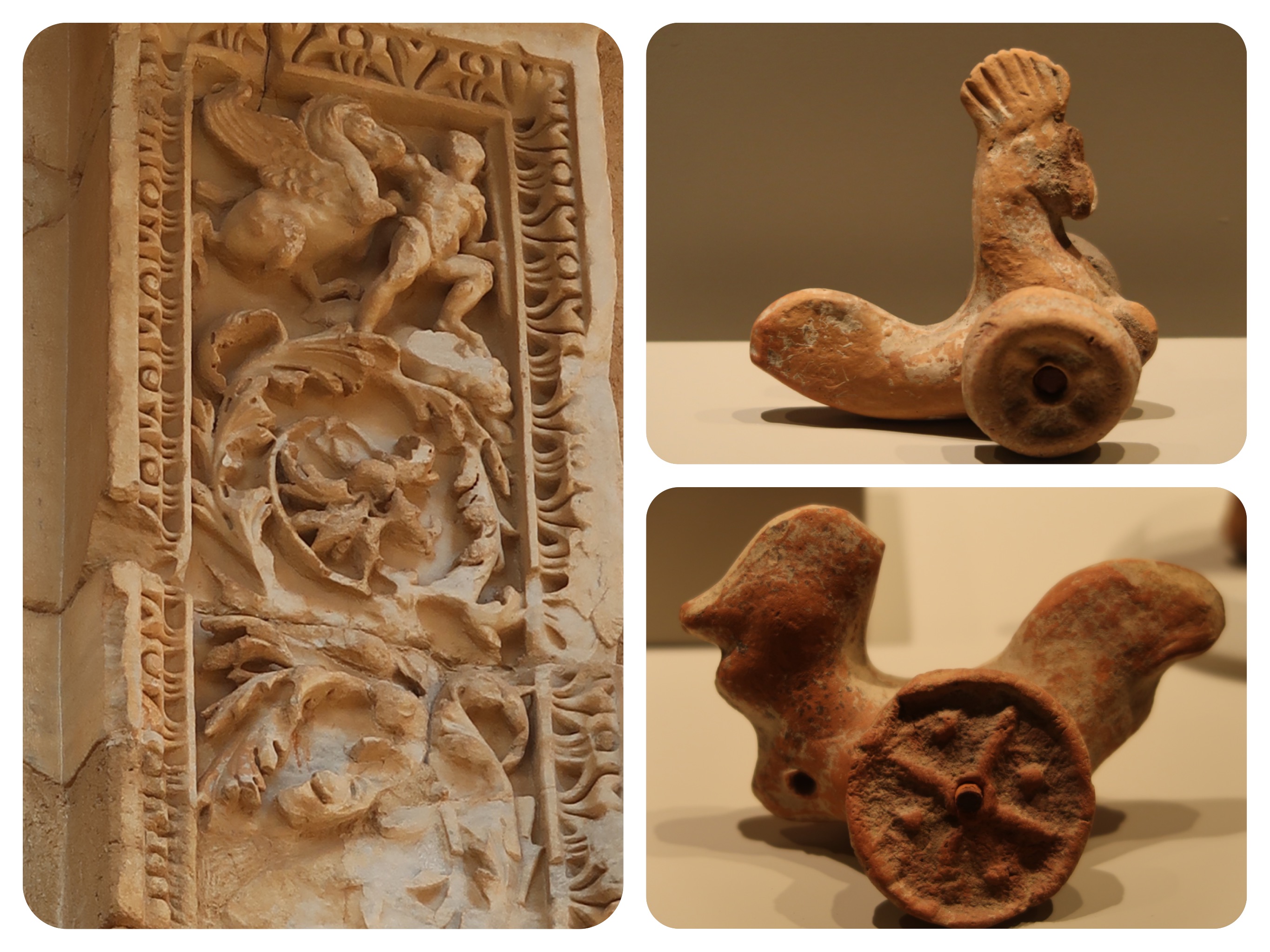
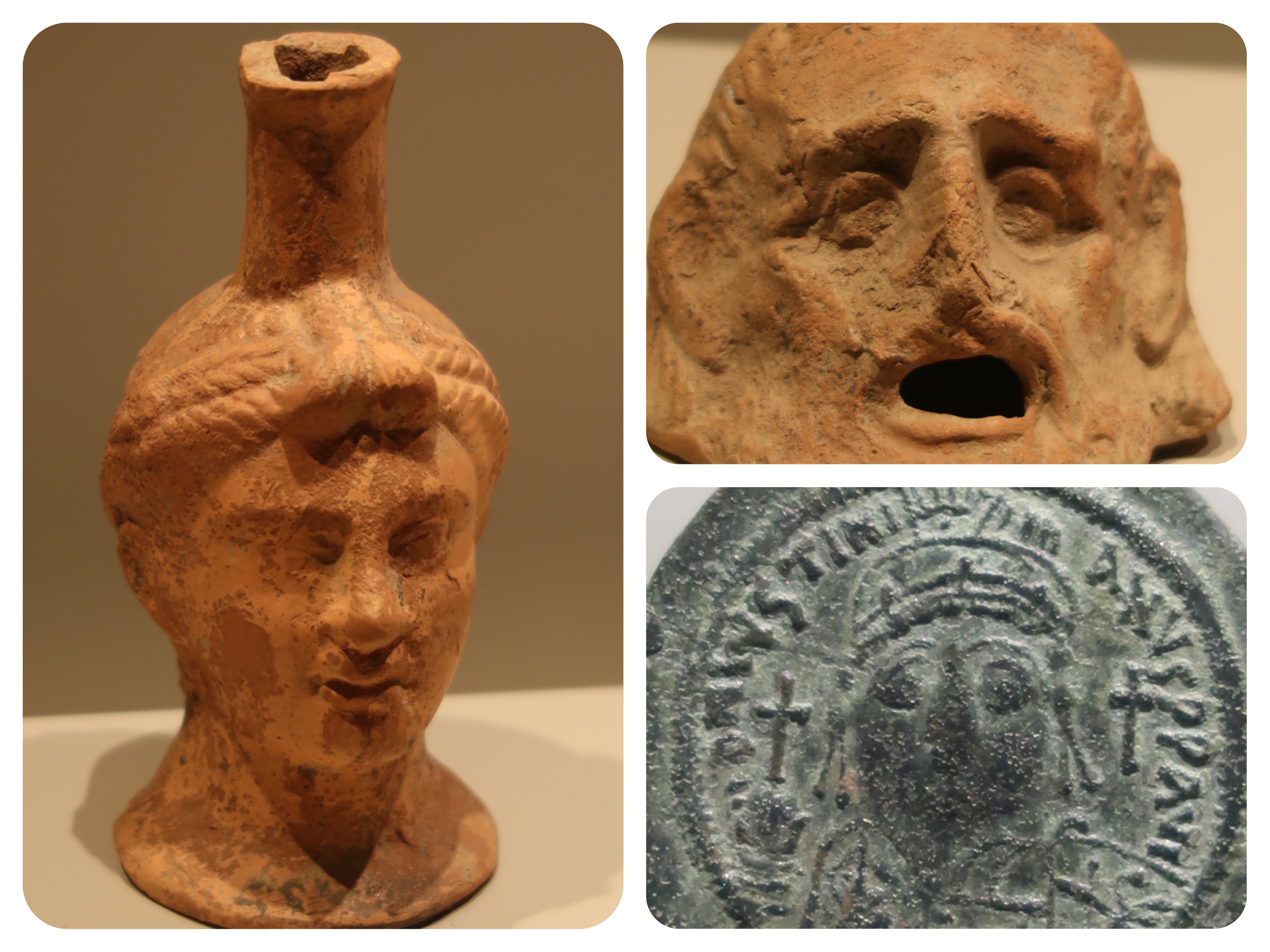
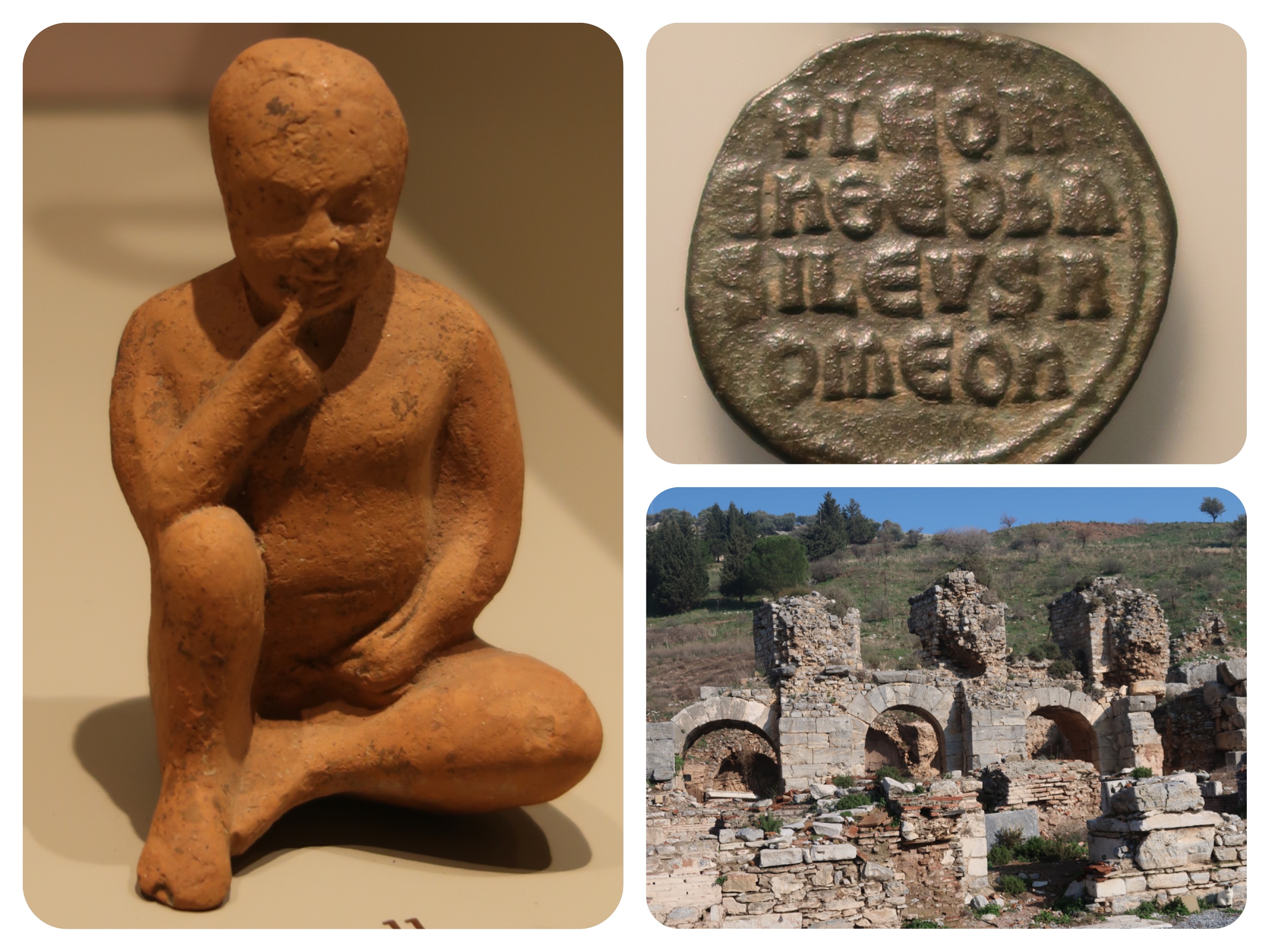
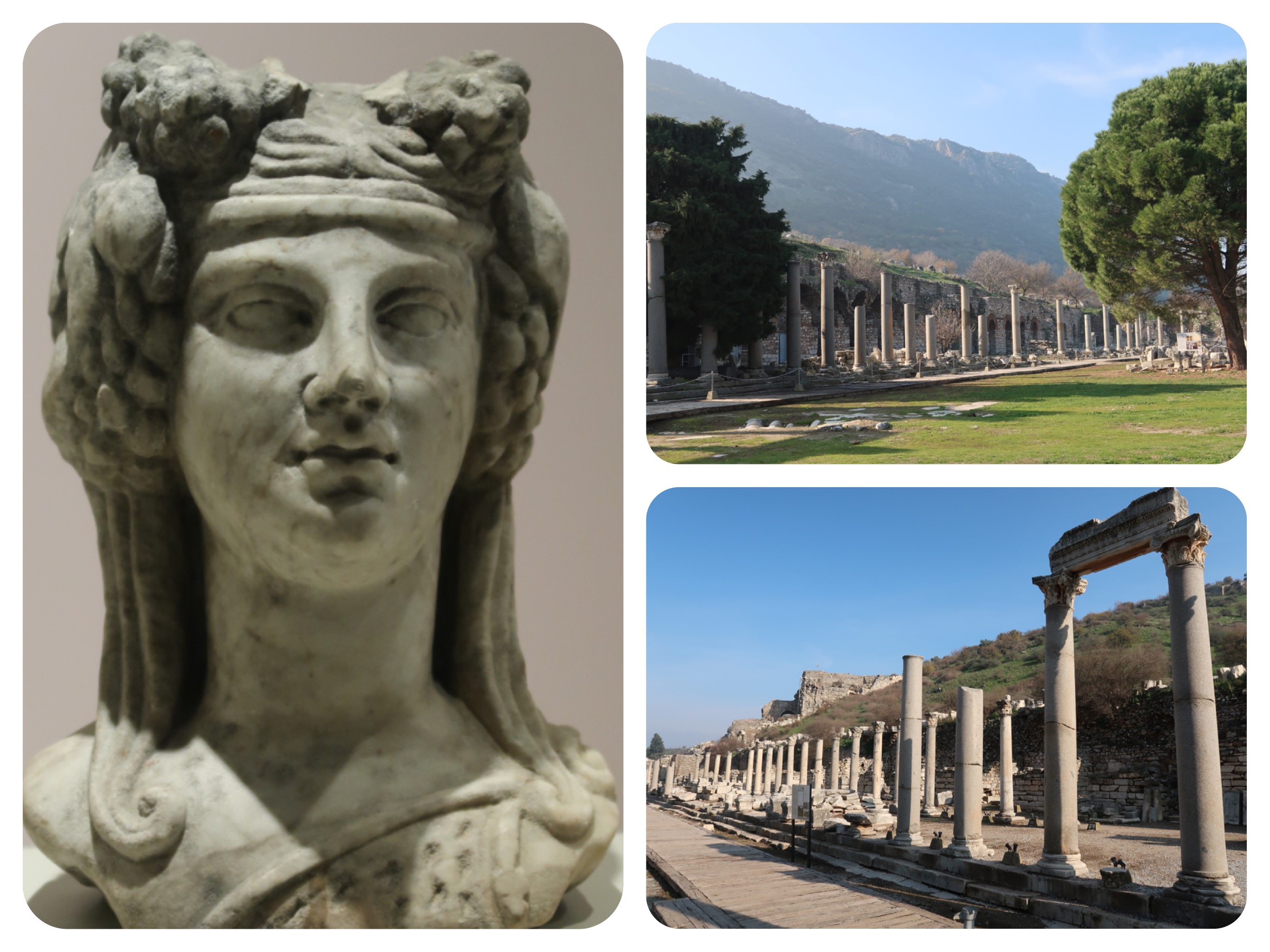
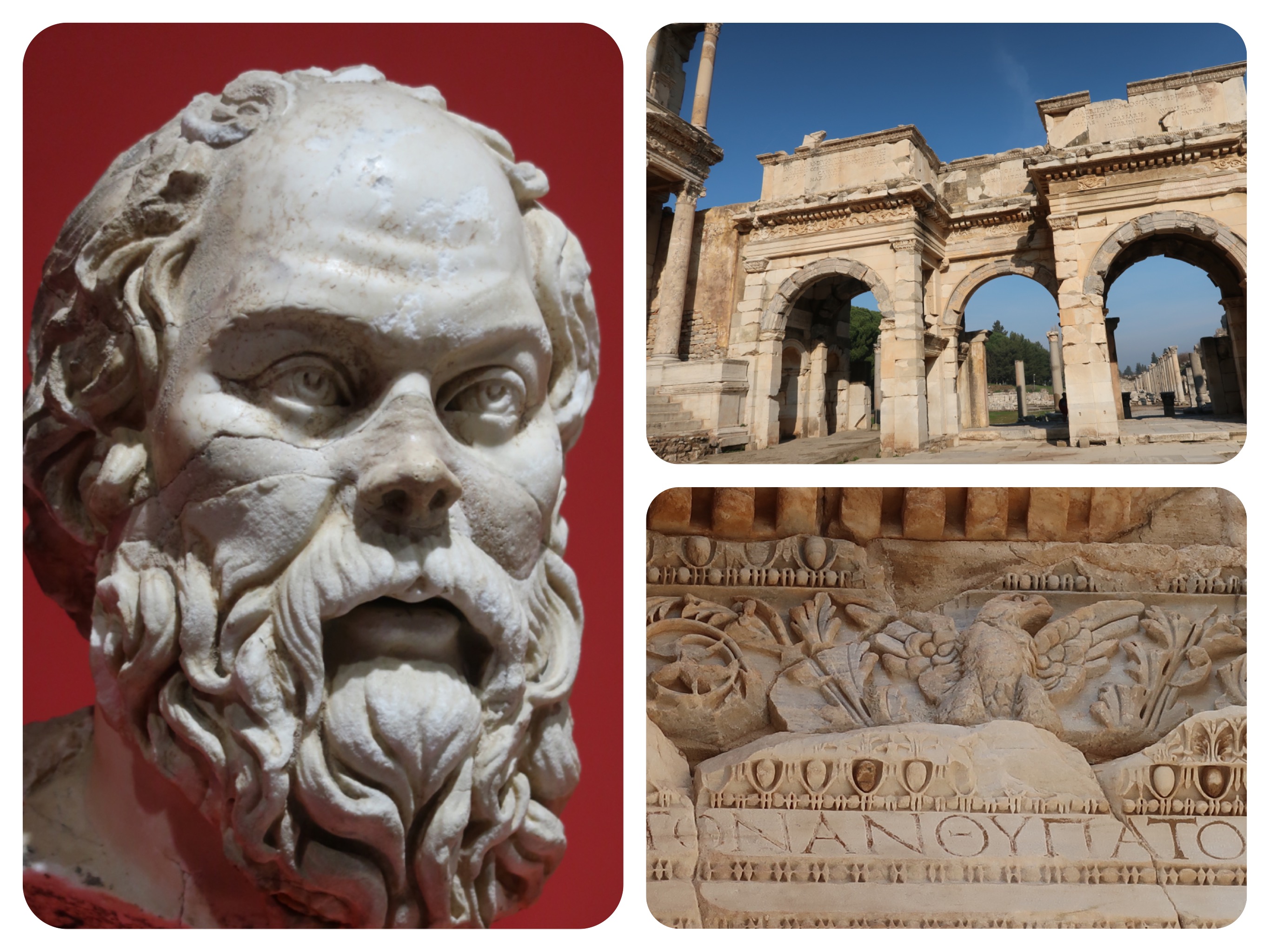

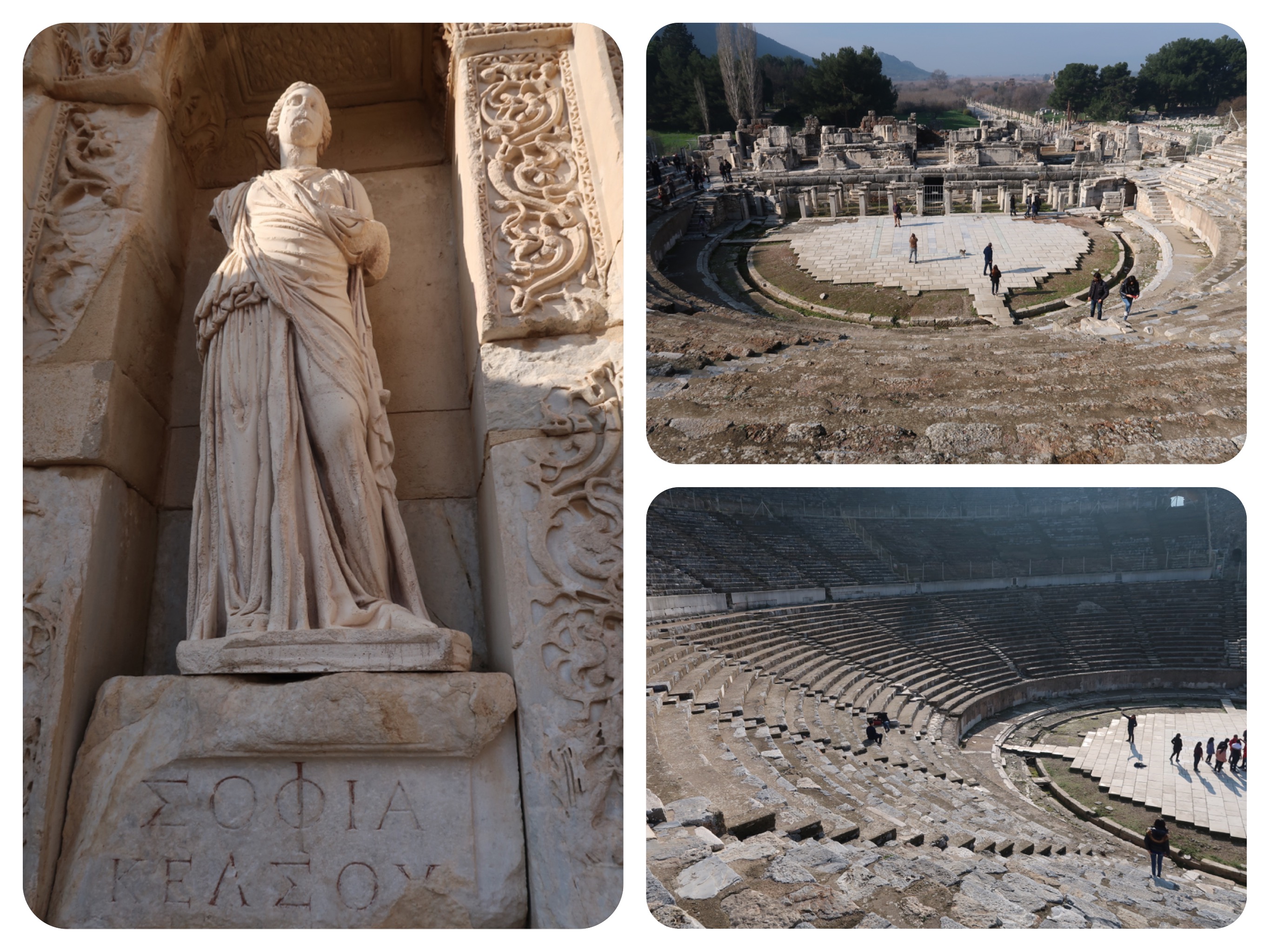
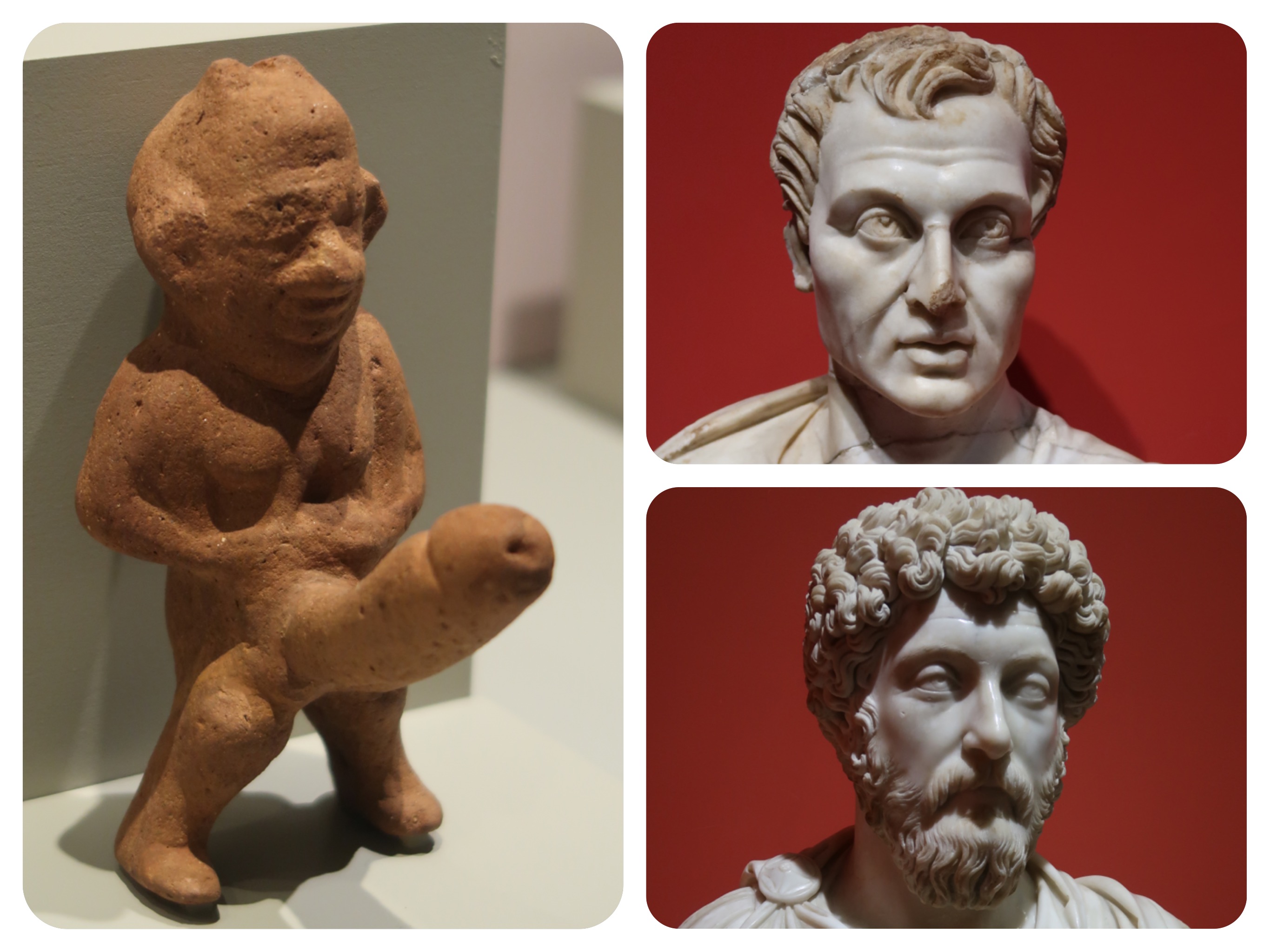
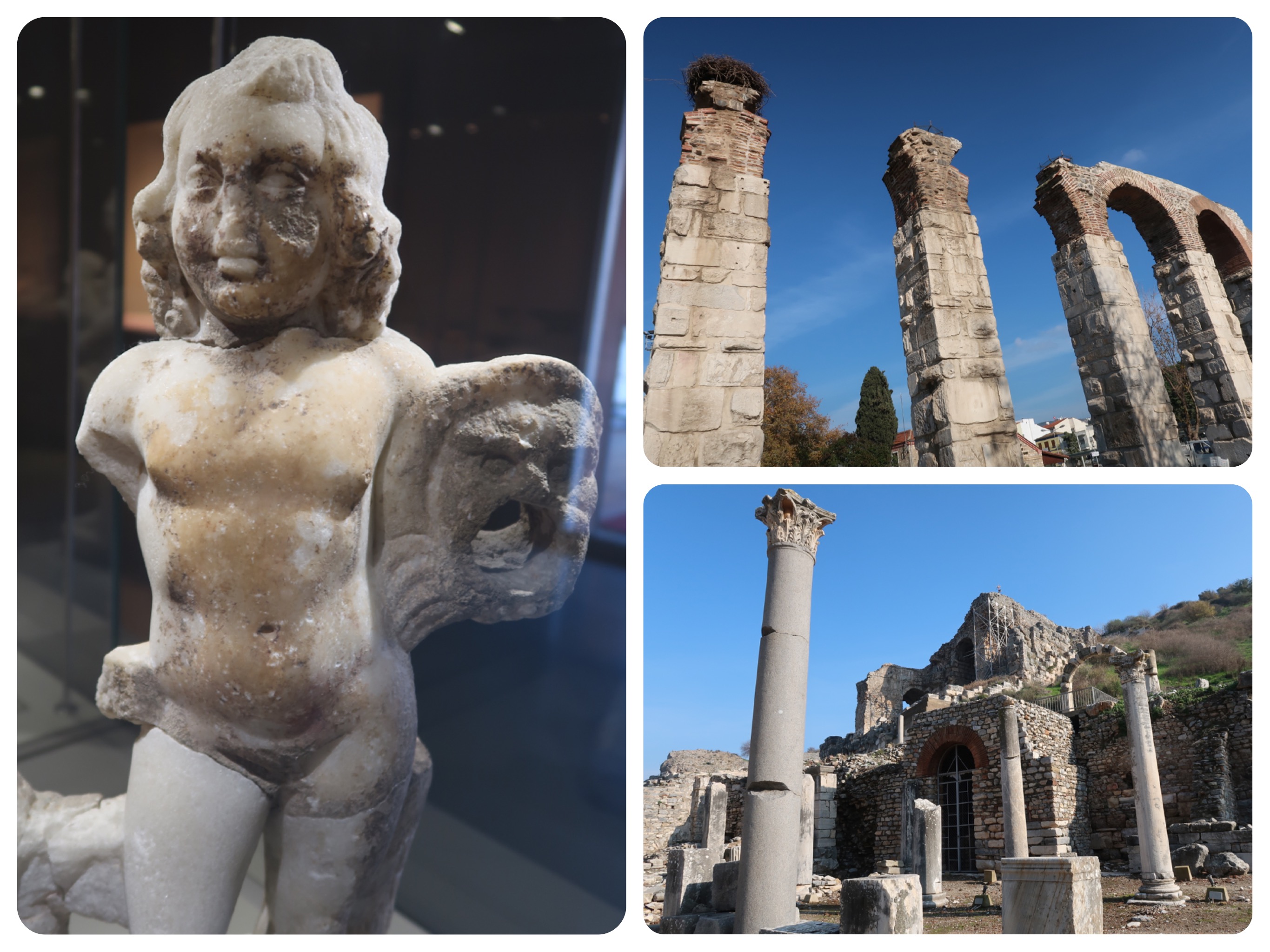
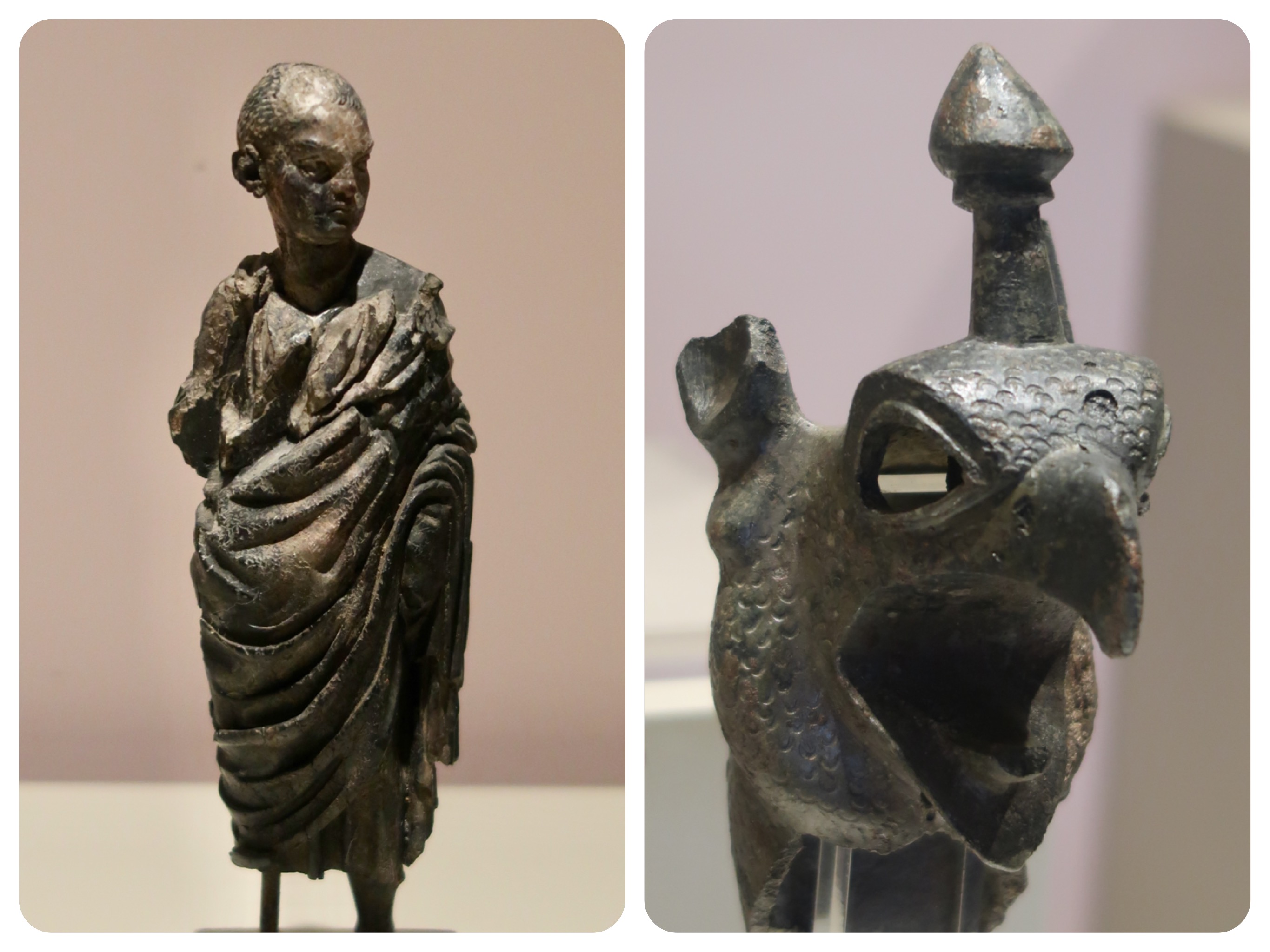
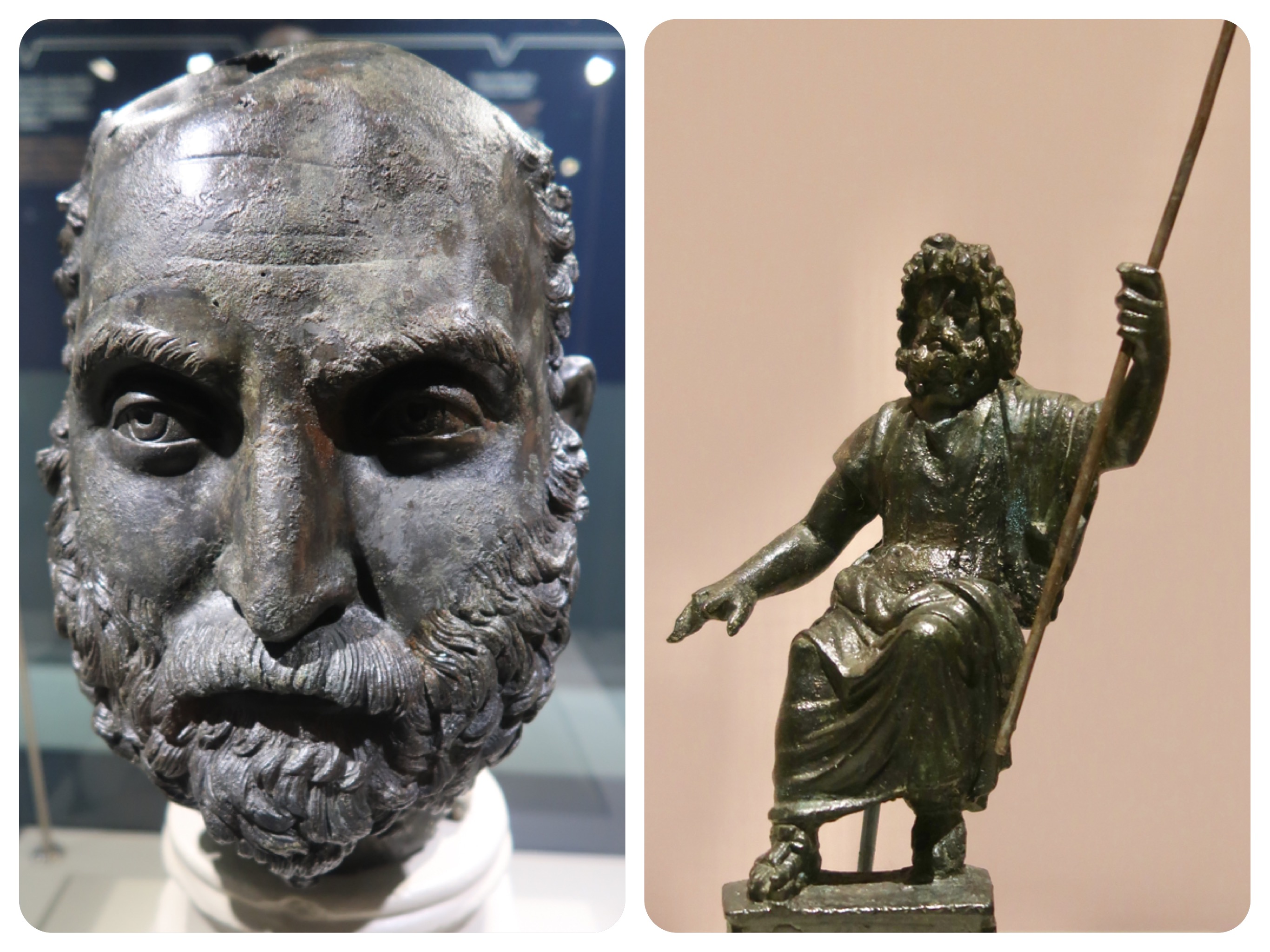
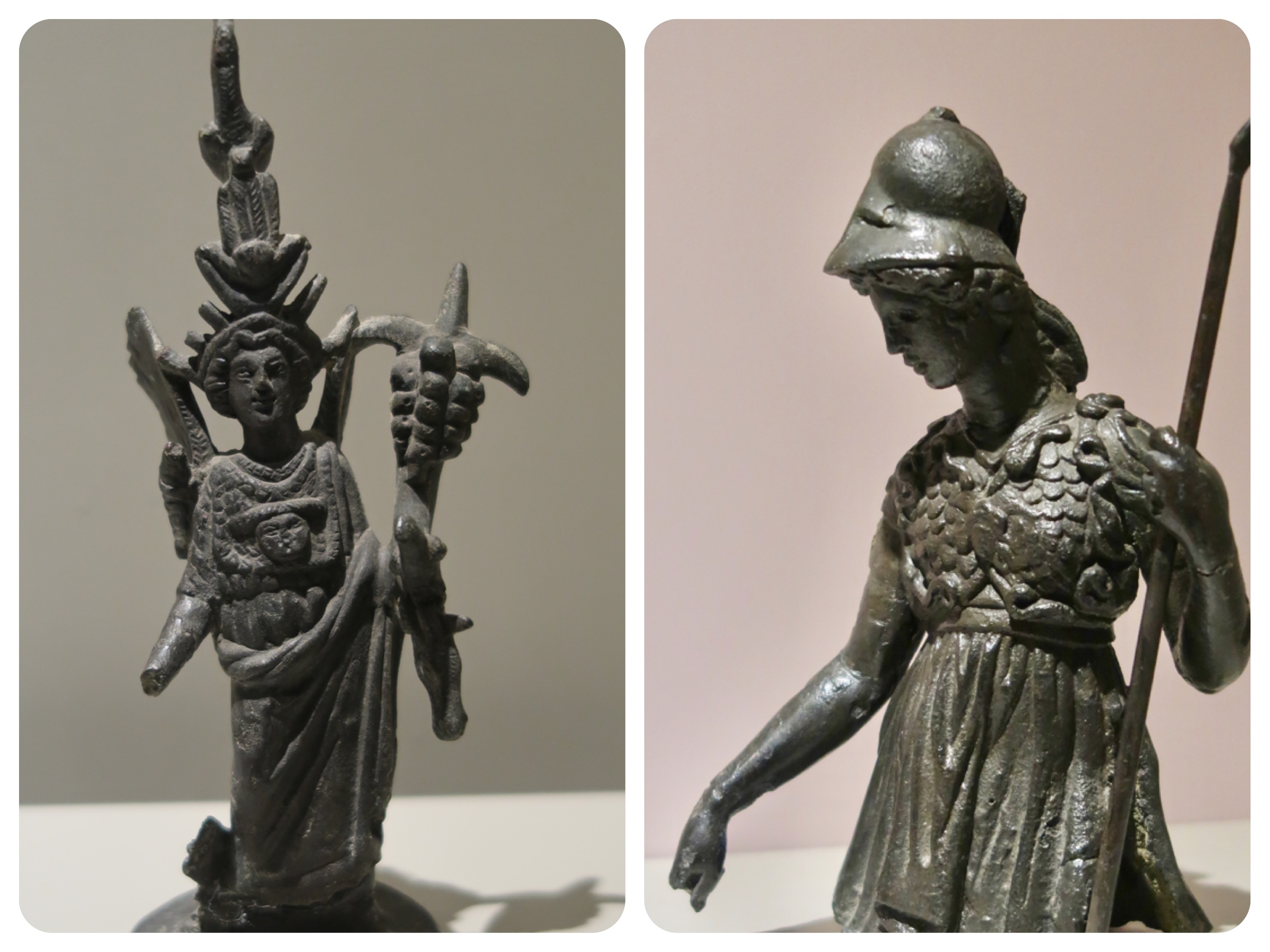
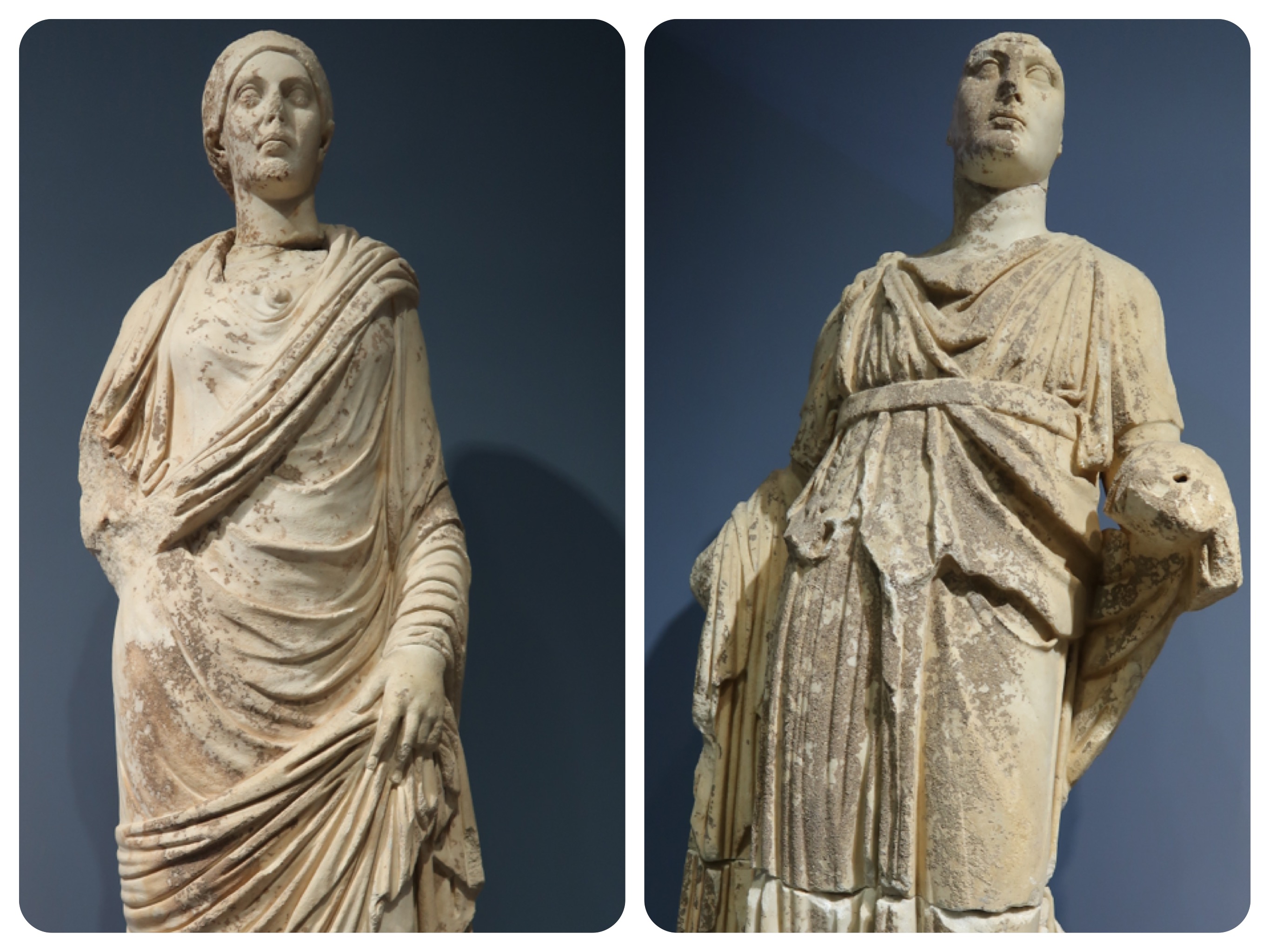
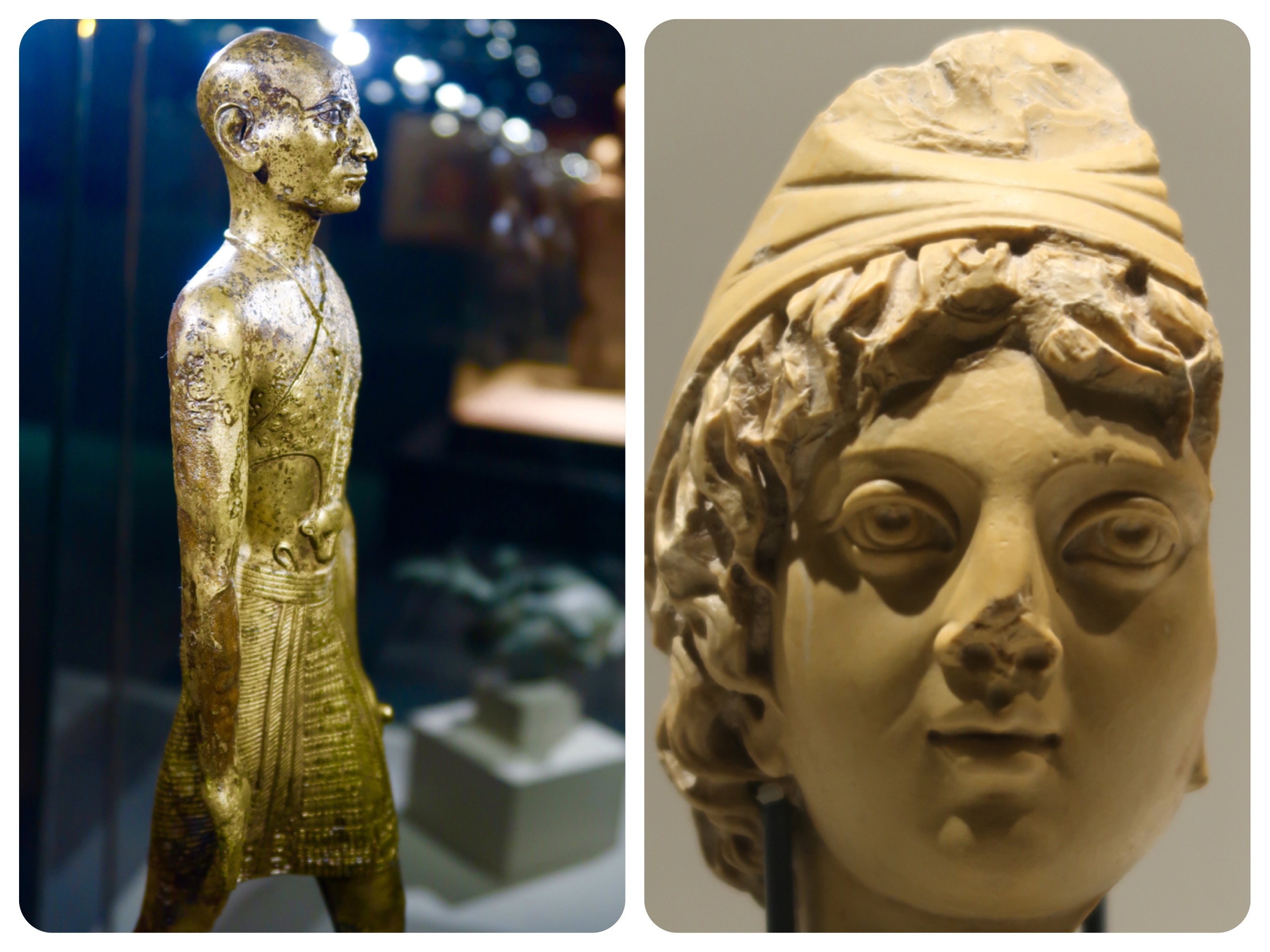
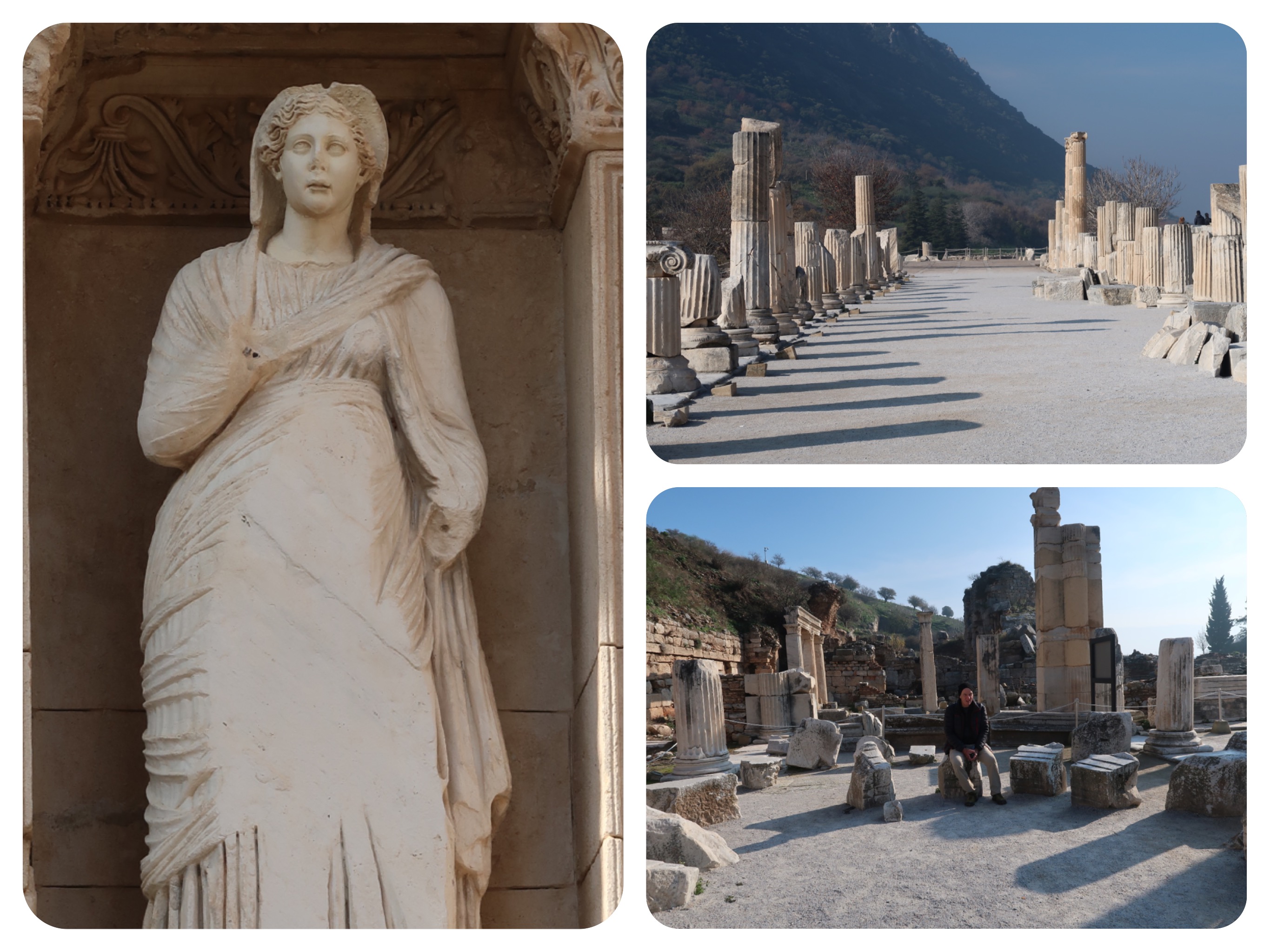
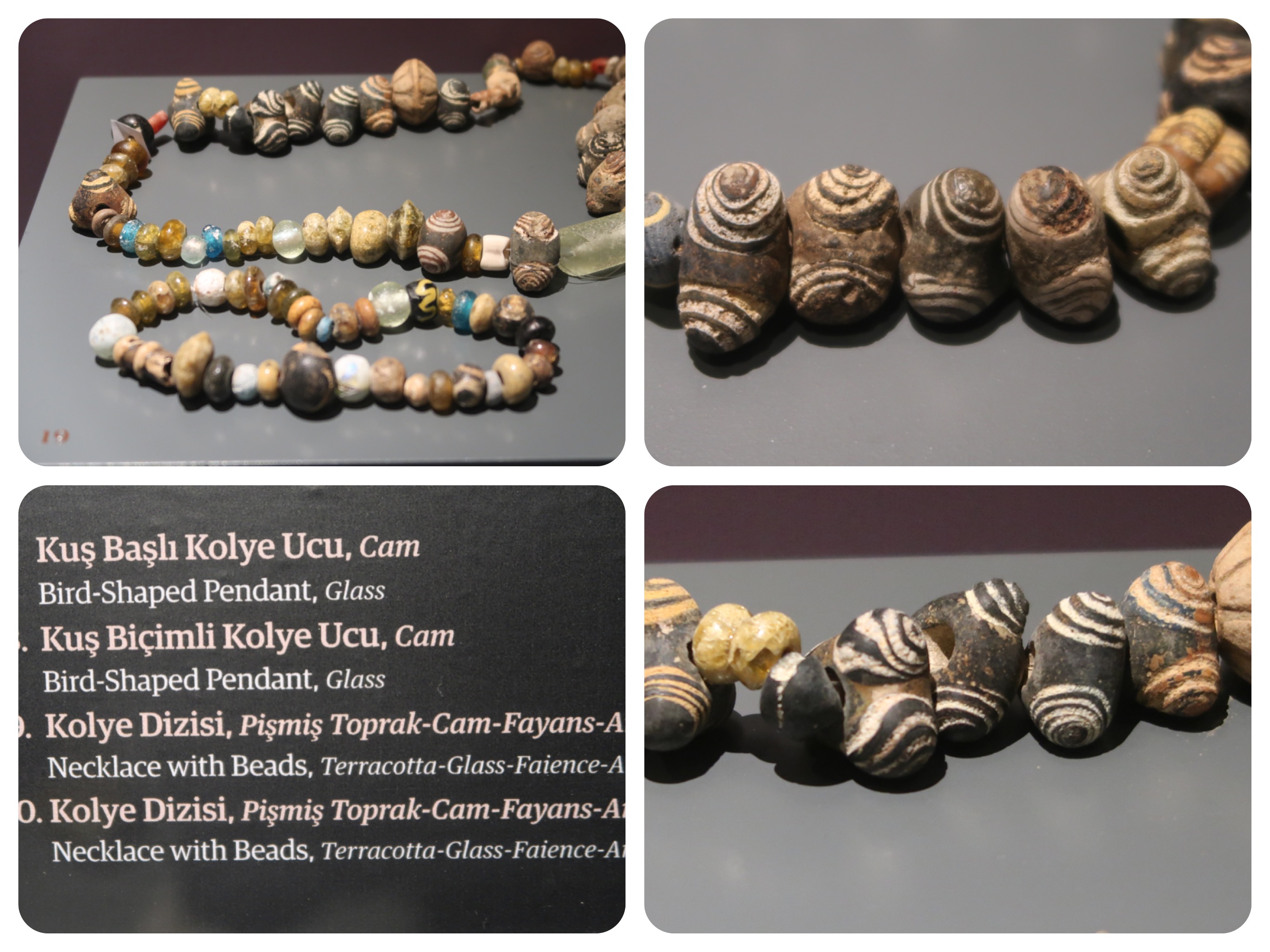
Ephesus, the home of the Mother Goddess, and a Story of Glory and Decay in Ancient Turkey
Sometimes, when I walk the streets of some great modern cities, it is hard to believe that one day, all that might remain of the grand buildings, the vast streets and the advanced cultures living there, is a crumbling gate, a few stone sculptures and nothing else.
But history tells us that this is exactly what has happened all over the world.
Take, for example, the once glorious city of Ephesus.
It was a HUGE city, continuously inhabited for thousands of years.
Some say there is evidence of its being fully inhabited dating back to thousands of years BC.
Now, very few people around the world are even aware of the grand cultures and the tribe of warrior women who established the city.
Yes, according to legend, Ephesus was first founded by an ancient tribe of great female warriors.
The name of the city is thought to have been derived from "Apasas,” or “Abasas,” in the language of the Kingdom of Arzawa, meaning the "city of the Mother Goddess.”
Arzawa was the name of a region in Western Anatolia in the second half of the 2nd millennium BC (roughly from the late 15th century BC until the beginning of the 12th century BC).
Ephesus was inhabited for thousands of years, but the location of the city was changed a few times because of floods and the political mood swings of various rulers.
In the Ephesus museum located in the nearby city of Selçuk, I saw an early figurine of the Mother Goddess made of clay.
She does not look like the goddesses Aphrodisia or Artemis.
She looks startlingly like an obese old woman, losing her hair, with her knees buried under layers of fat, her arms heavy, her breasts droopy and full, her hips wide, as if she had given birth to and fed many, many children.
I found this ancient image depicting the Mother Goddess to be very fascinating.
I stood before it for a long time, thinking about how hard we, as women, work NOT to look like her.
We exercise, eat little, watch our weight, drink green juices and skip meals, in order to look lean, fit and youthful.
Obviously we aim to look like the later ideal of the female goddess, idealized in much later years, by the Greek and the Roman cultures.
But in different cultures all over the world, women who do not attempt to look like Botticelli’s Venus develop the same body as the Mother Goddess in this image.
Be it in Greece or Italy, the Polynesian Islands, Europe or the Middle East, if the women age while still eating big meals, staying home and indulging in sweets, they all develop the same figure as the Mother Goddess I saw before me.
Will I one day look like this as well?.....
I felt like crying, just from thinking that this was a possibility....
The city of Ephesus underwent many changes under the many different rulers who controlled the city.
.
The region was devastated during the Cimmerian invasion at the beginning of the 7th century BCE, but under the rule of the Lydian kings, Ephesus became one of the wealthiest cities in the Mediterranean world.
Ephesus was a center of learning and the birthplace and home of the great Pre-Socratic philosopher Heraclitus.
Women enjoyed rights and privileges equal to men, and there are records of female artists, sculptors, painters and teachers.
As we walked through the ruins of the city, it is still easy to see how grand it once was.
There were very large and beautifully decorated Town Houses, the size and scale of lavish homes measuring six hundred to a thousand square meters each (6500 square feet -10,800 square feet).
Many of them had mosaic floors and beautiful, airy designs.
At night, the streets of the city were brightly lit with oil lamps.
There were public baths and latrines, huge marble Agora (main streets) with covered markets, a stadium, a theater, grand temples and the famous Celsus Library, still decorated with large scale sculptures of female goddesses.
The city was conquered by the Romans, destroyed by earthquakes, and was rebuilt, destroyed and rebuilt.
After Christianity became the dominant religion in the region, Ephesus declined in cultural and intellectual pursuits.
The Emperor Theodosius had all of the Temples and schools closed and women were reduced to second-class citizen status, no longer allowed to teach men or to work independently in the arts.
Worship of the ancient Mother Goddess and of other goddess like Aphrodisia, Hera and Artemis was forbidden, and the Temple of Artemis was destroyed by a Christian mob. The ruins were used as a quarry for building materials for local civil projects and churches.
A few days ago, while we visited the old Church of Laodicea (also Laodikeia), I was saddened to read the set of rules the Christian bishop imposed on the congregation, dating back to as early as the 3rd century AD.
Among the prohibitions were dancing, being jolly and no women being permitted to approach the holy scriptures.
The streets of Ephesus, which once were adorned with statuary, well maintained and illuminated by oil lamps at night, fell into decay and darkness.
The darkness was not just physical, as in lack of light, but darkness of minds and hearts.
The glorious gods, who were representative of nature, seasons, powers, the sea, abundance, beauty, youth, glory, courage, strength, wisdom and more, were declared “Pagan gods,” and their statues were smashed.
The attention of the now-Christian citizens of Ephesus, was directed toward the Second Coming of The Light of the World, the new god, Jesus Christ....
I give you my solemn word that Jesus cried at the atrocities done throughout the years in His name....
From Ephesus,
I send you LOVE and endless universal blessings, hoping that one day, the people of the human race will open up their hearts.... in NEW and fundamental ways....
Tali
Two old statues of the Mother Goddess Artemis were found in Ephesus.
In one of them, the Goddess wears on her chest the twelve symbols of the zodiac.
One of Artemis' characteristics is that a Mother Goddess, represents giving life, loving and nourishing.
This is symbolized by the female breasts covering the lower part of her chest.
People argue that they do not represent breasts.
But like the Tara goddess in Buddhism that has a thousand arms, representing power and an ability to do lots of things at once, the Mother Goddess Artemis most definitely has many breasts, representing her ability to love and nourish many and all.
Artemis' robe is always decorated with many animals as well.
Lions, leopards, goats, griffins, and bulls, which represents Artemis' all inclusive love for all living creatures, not just to her human children.
